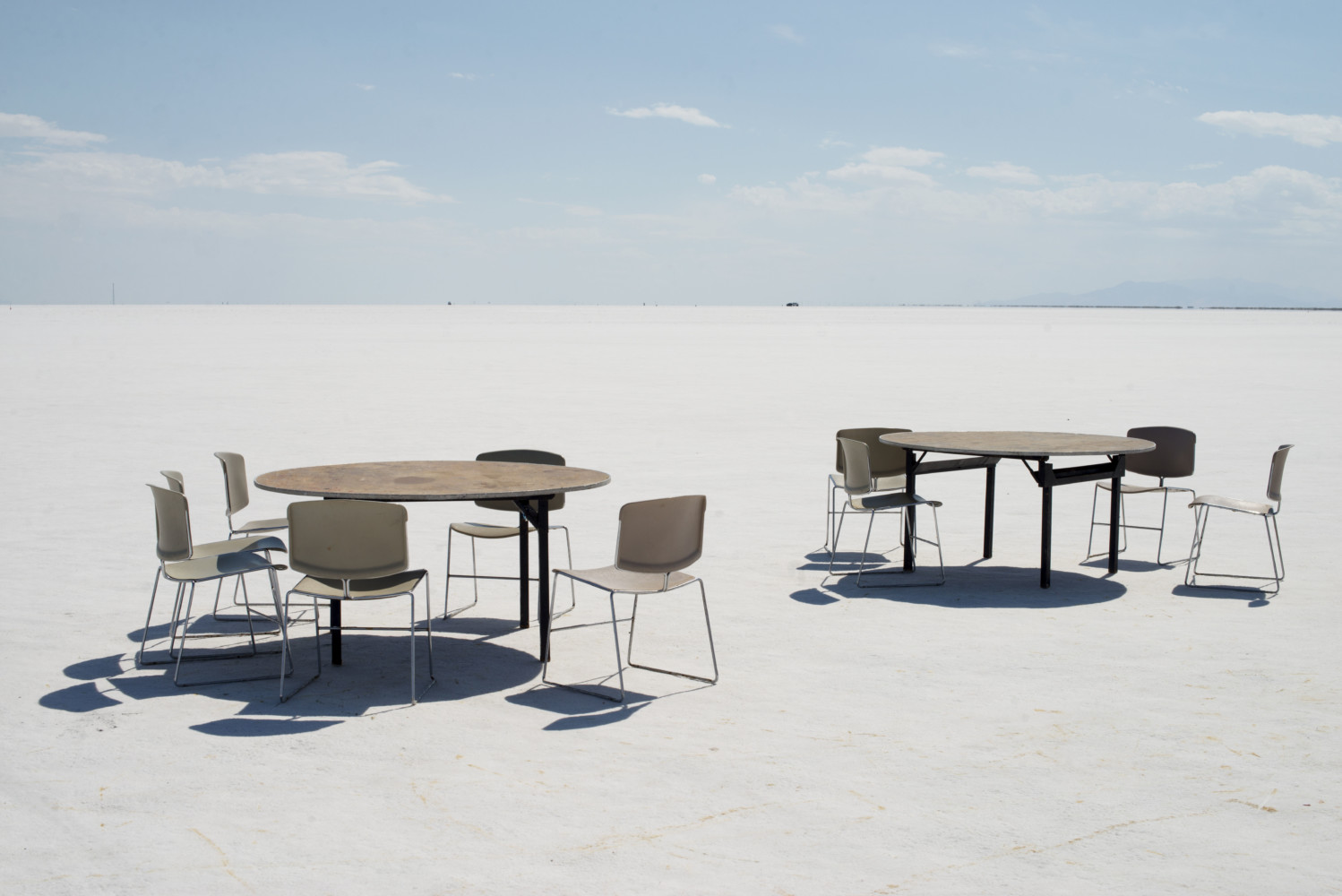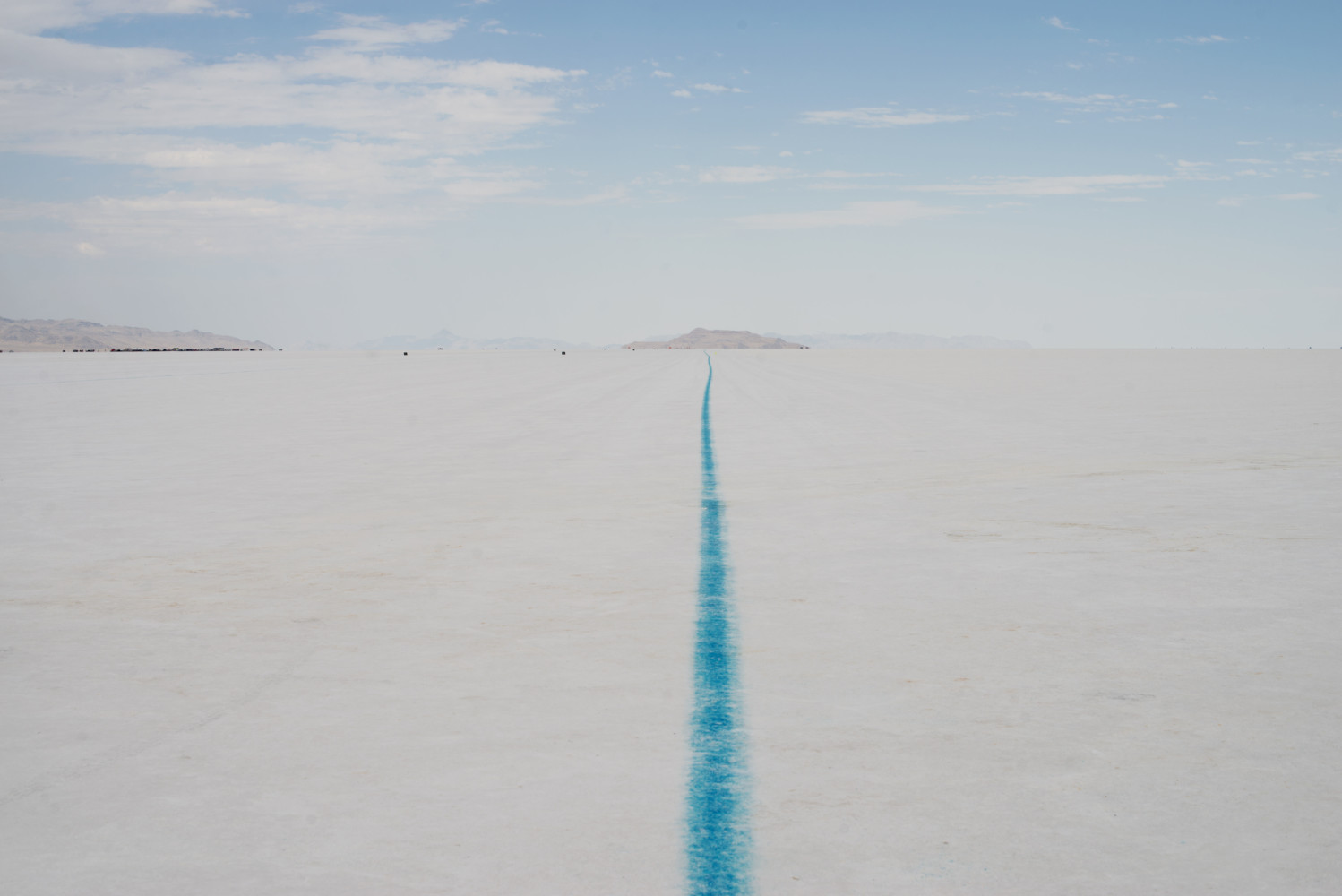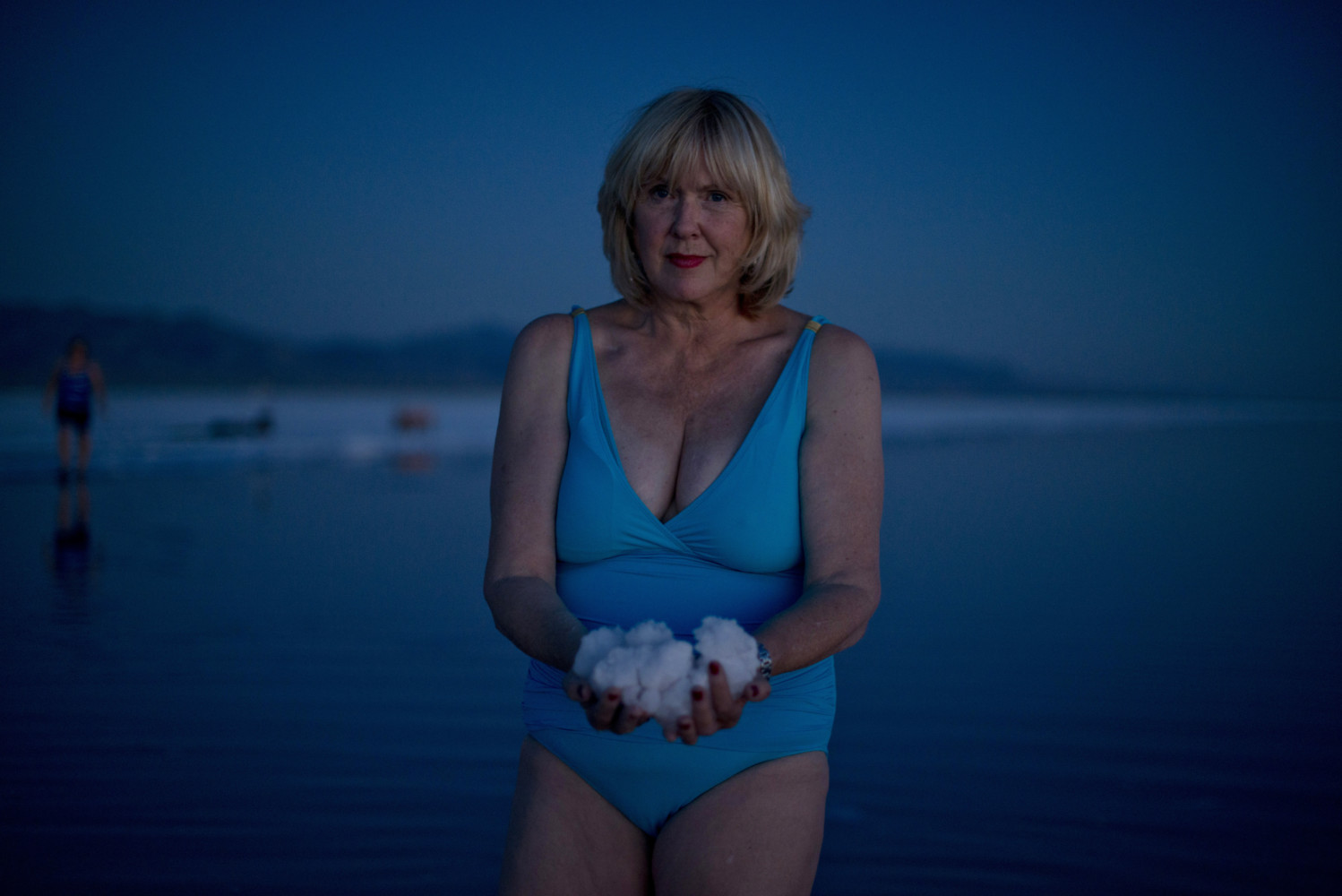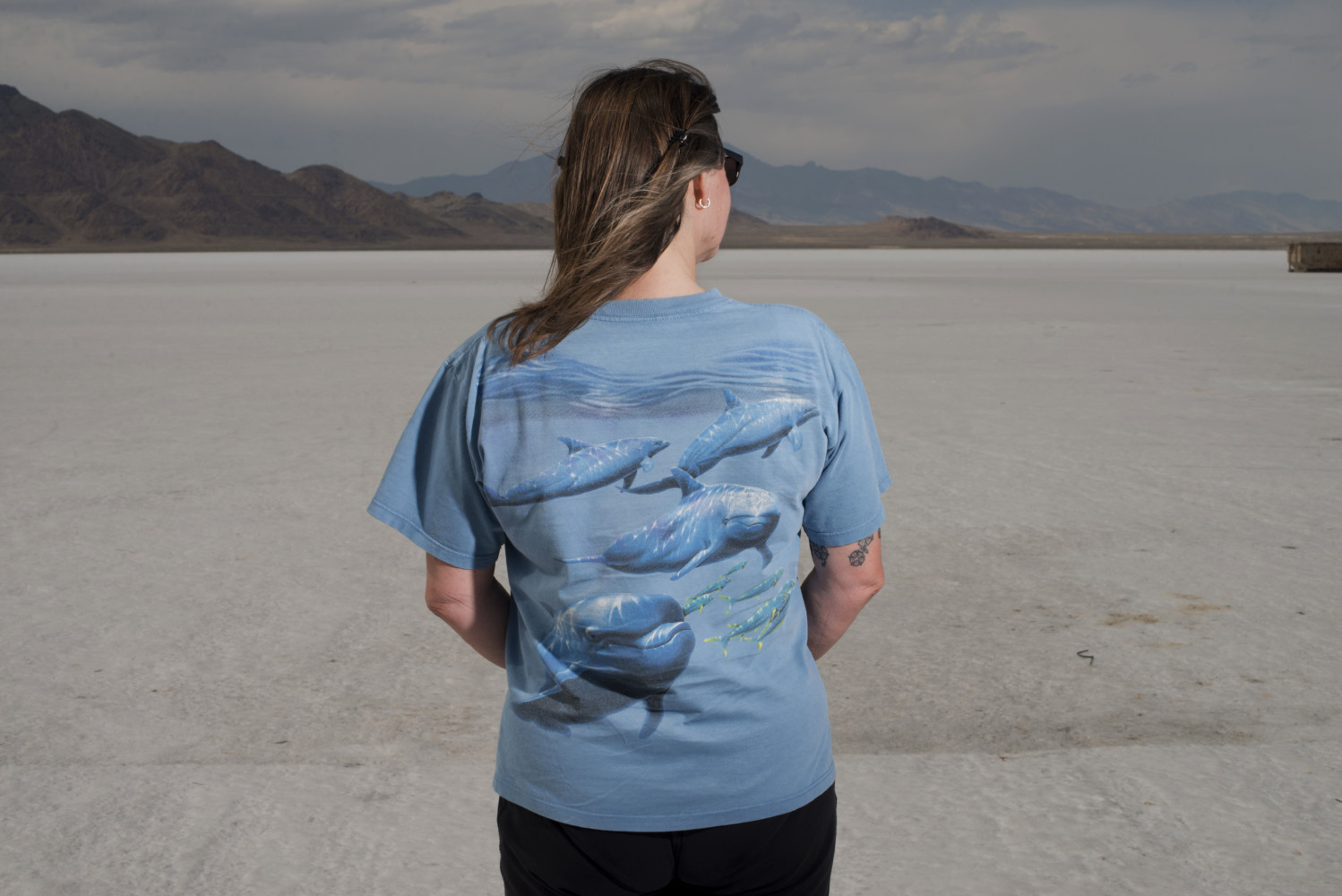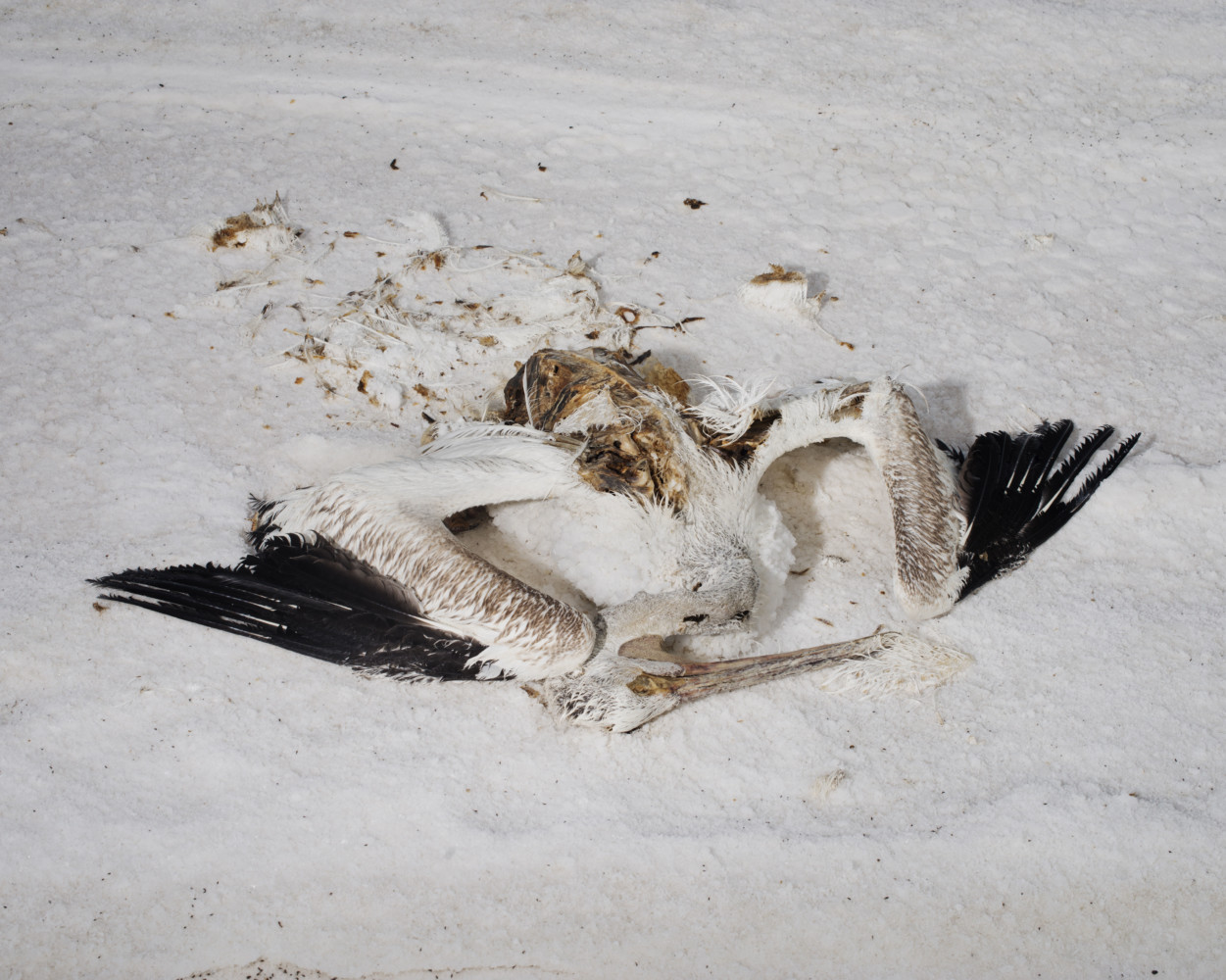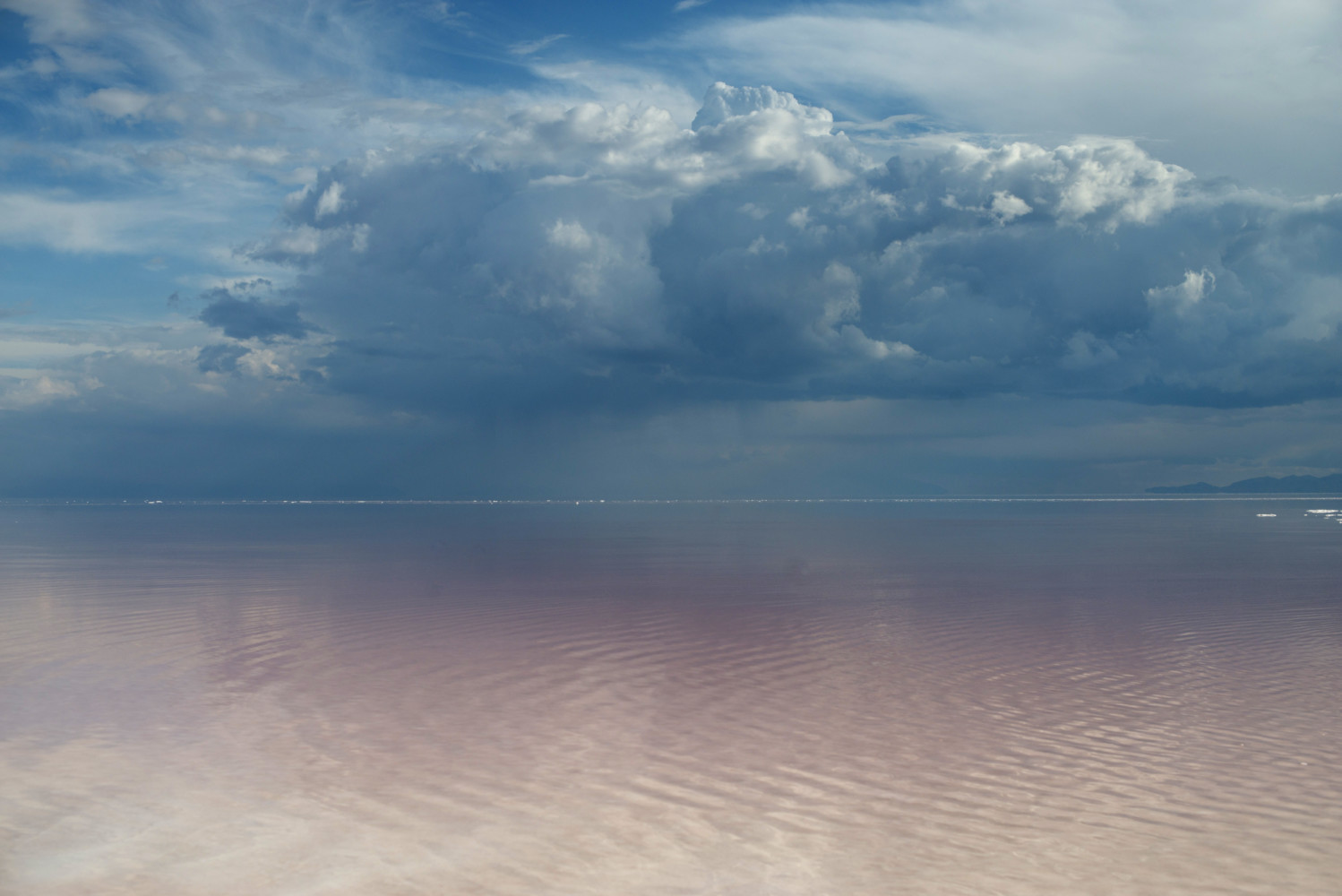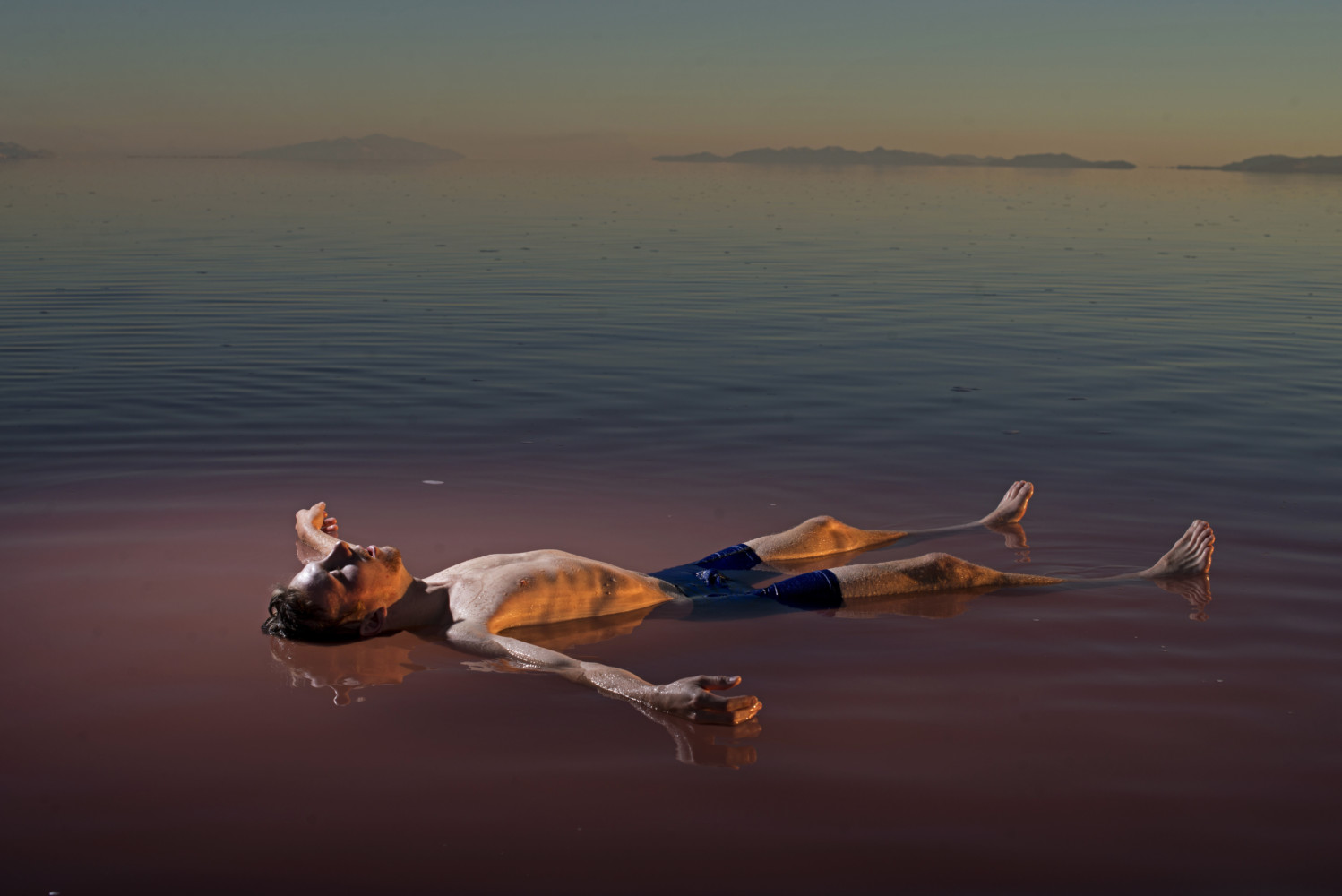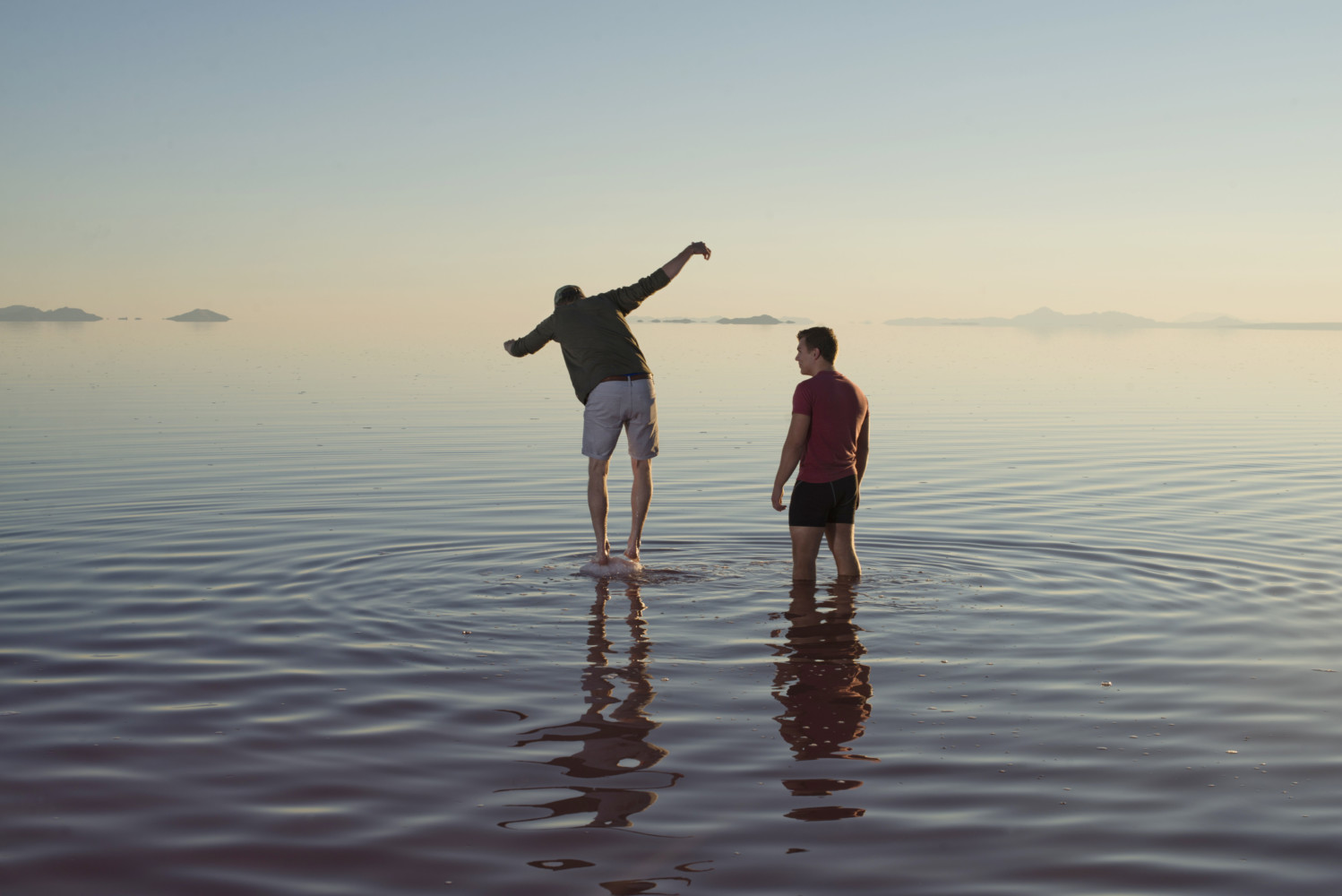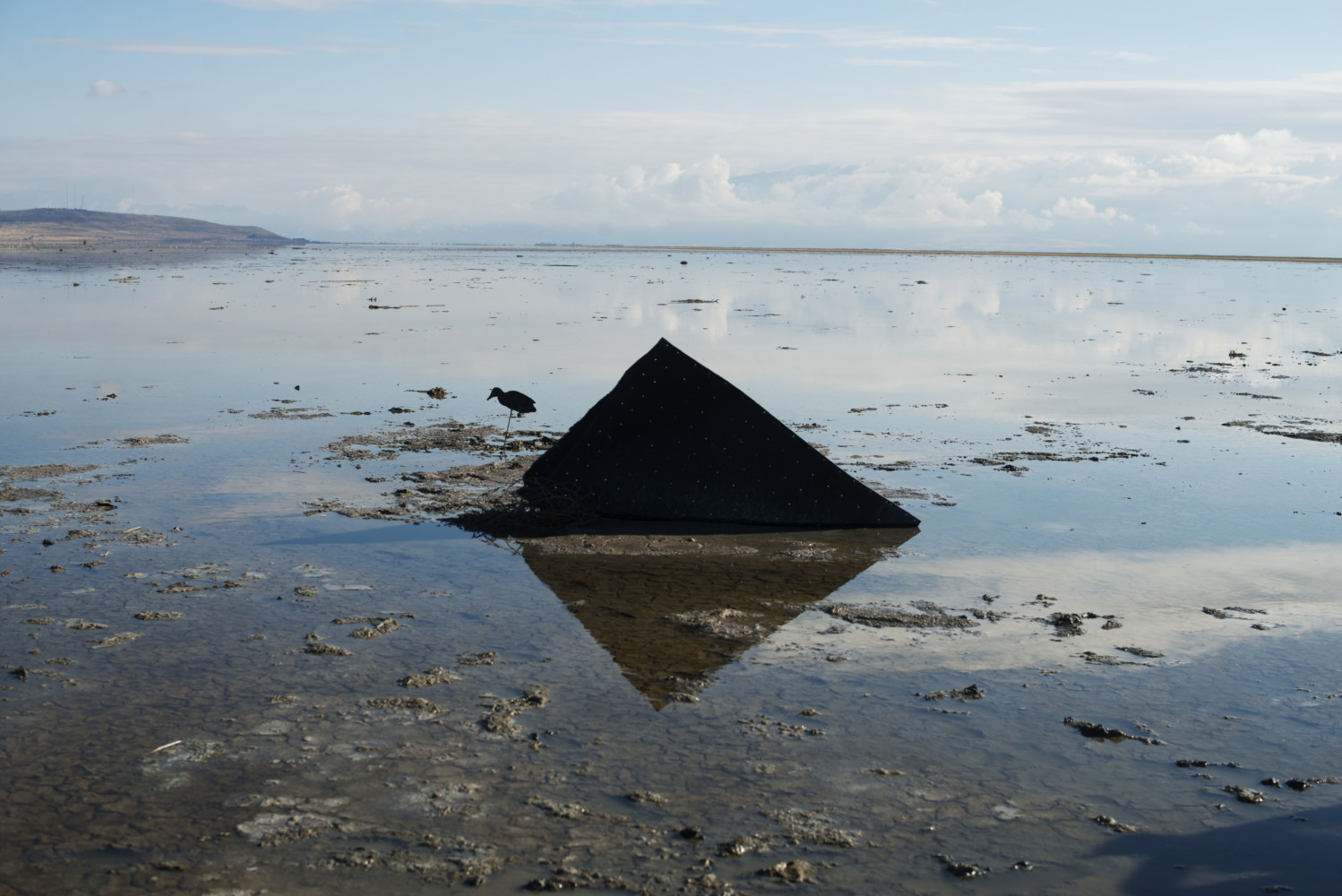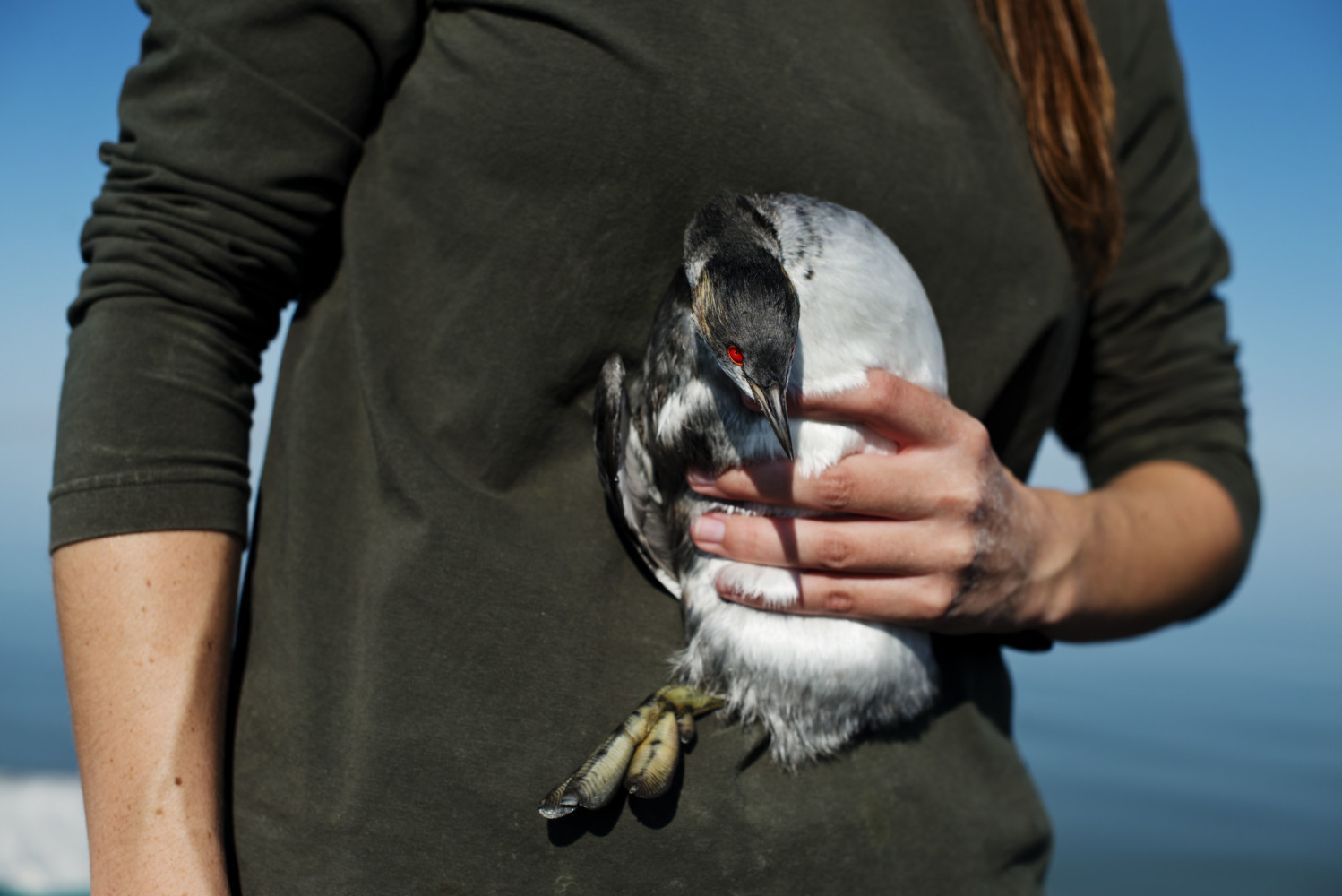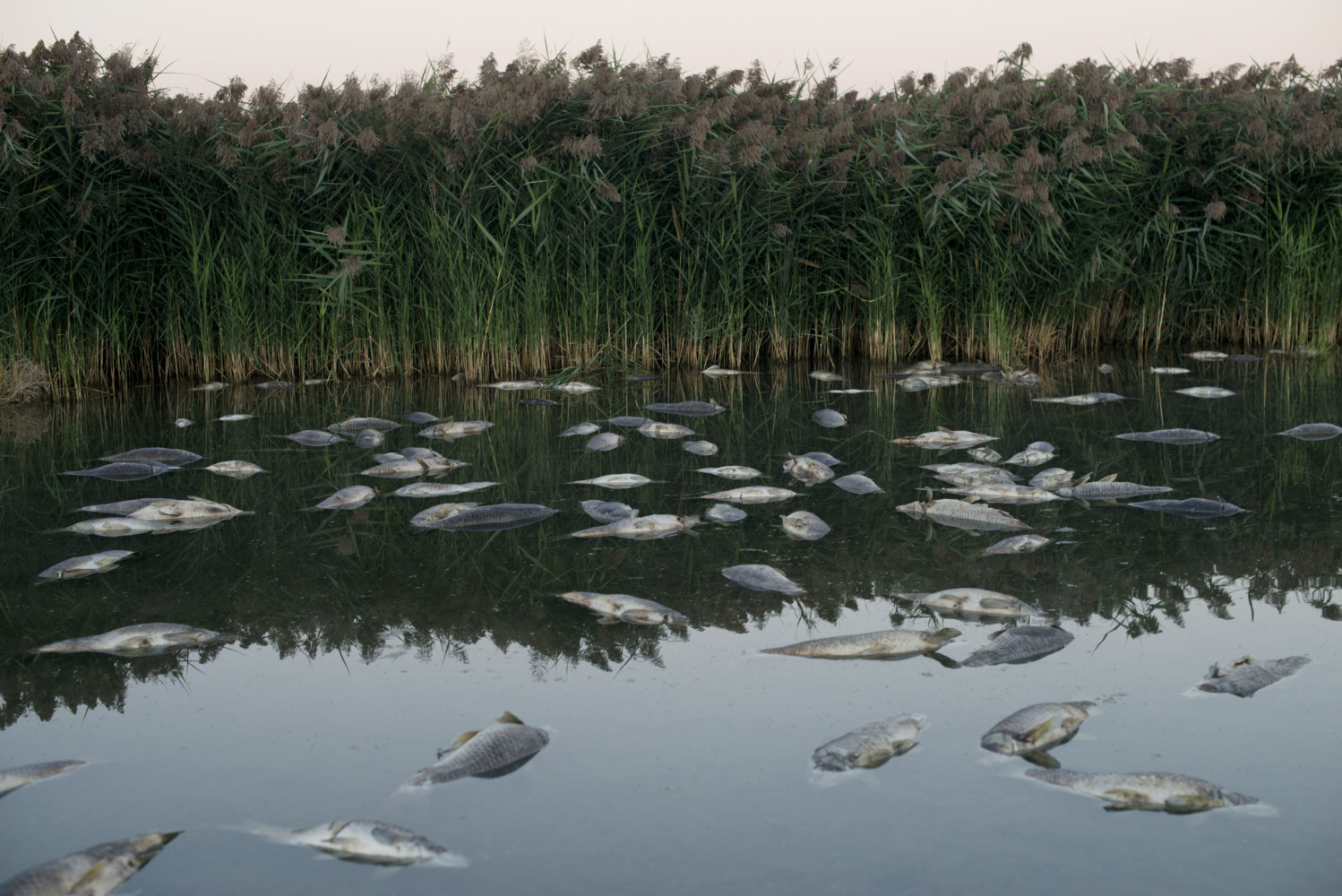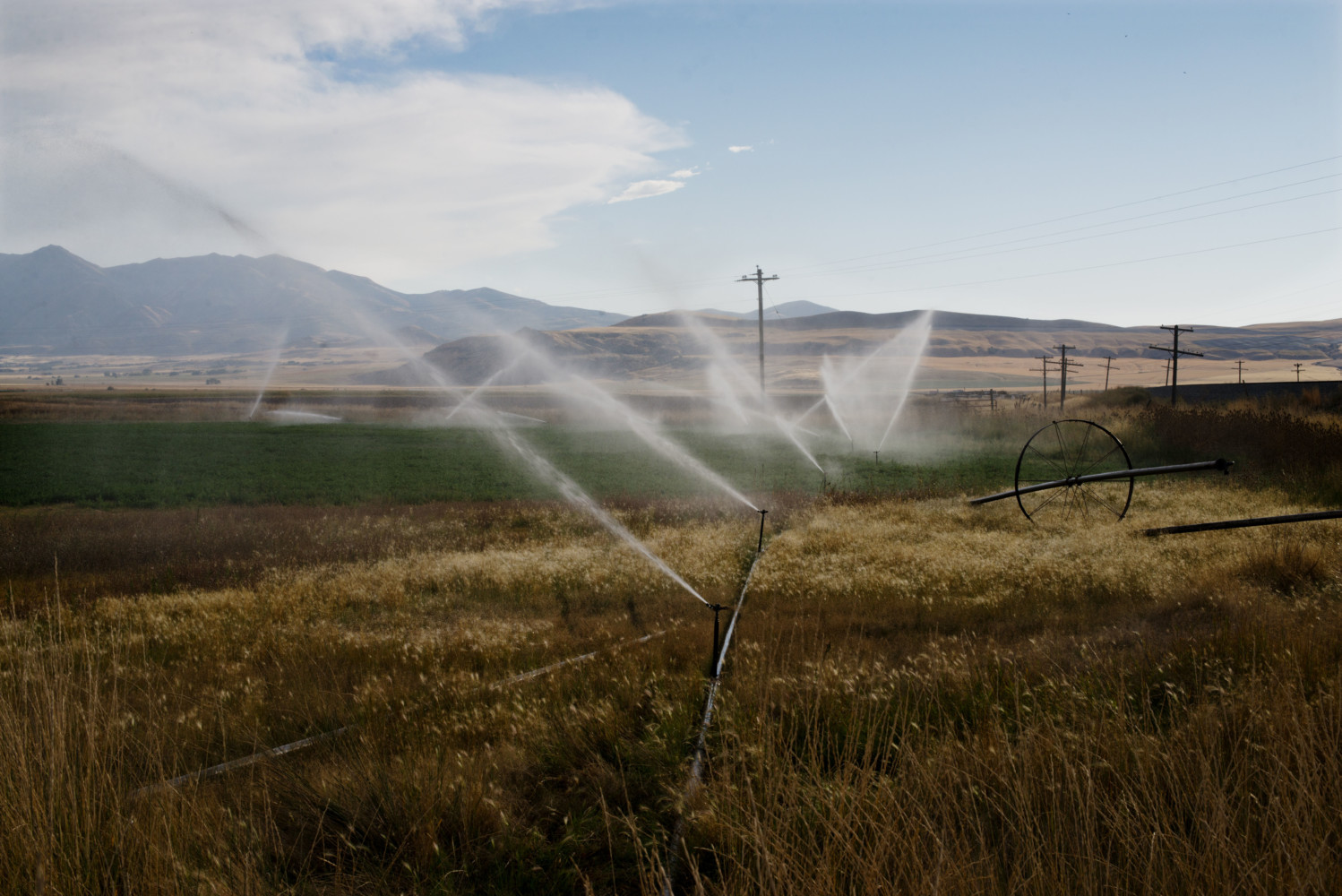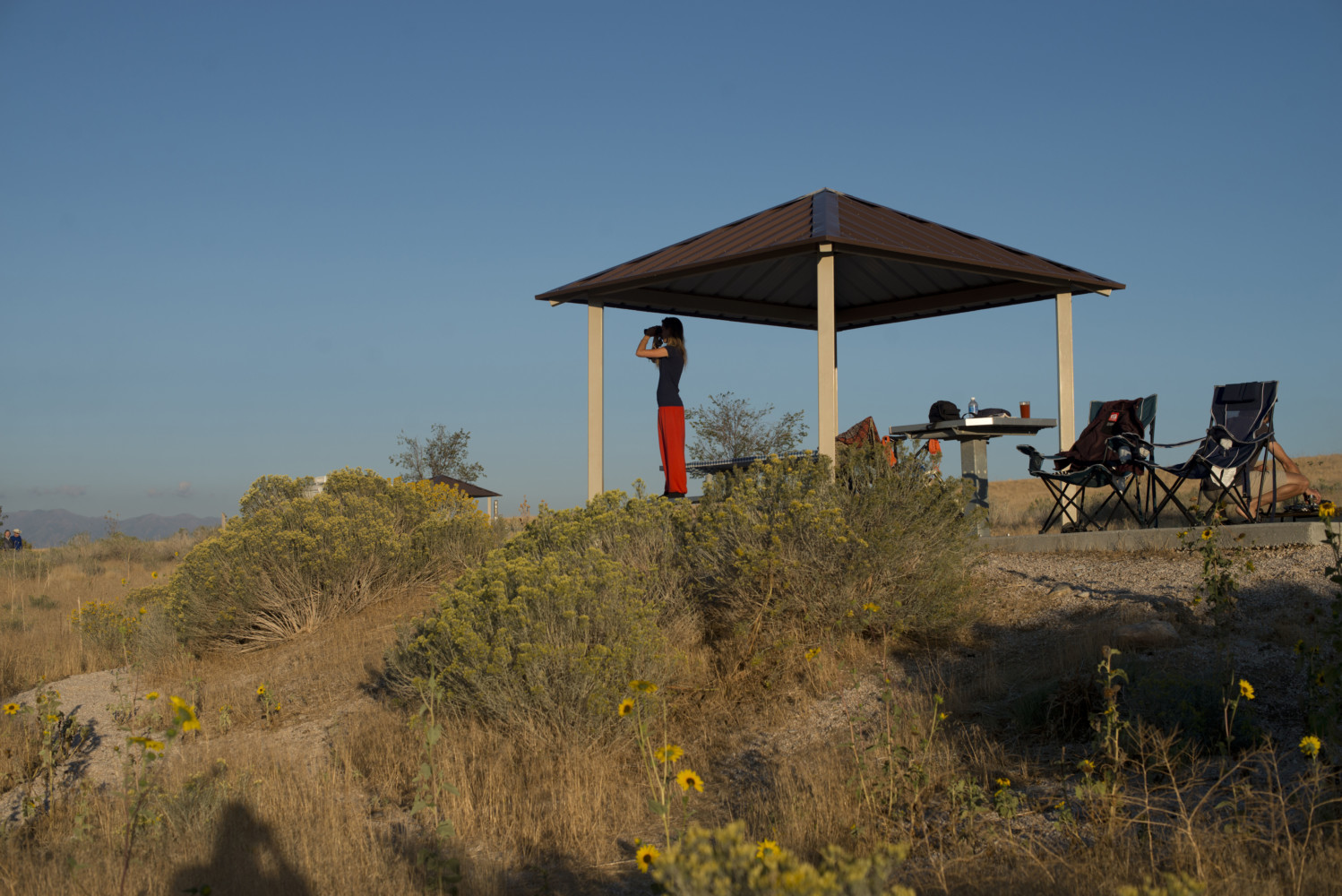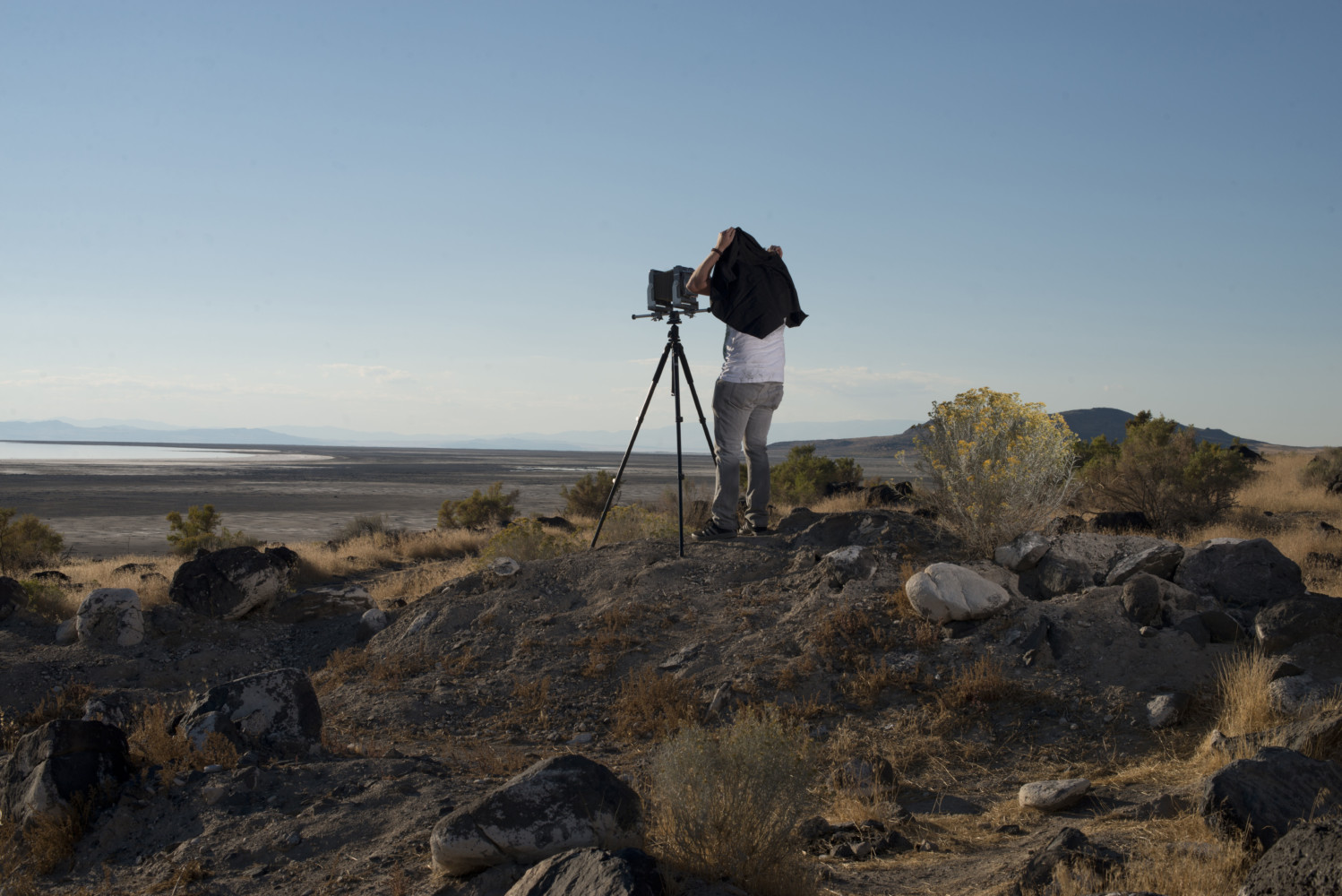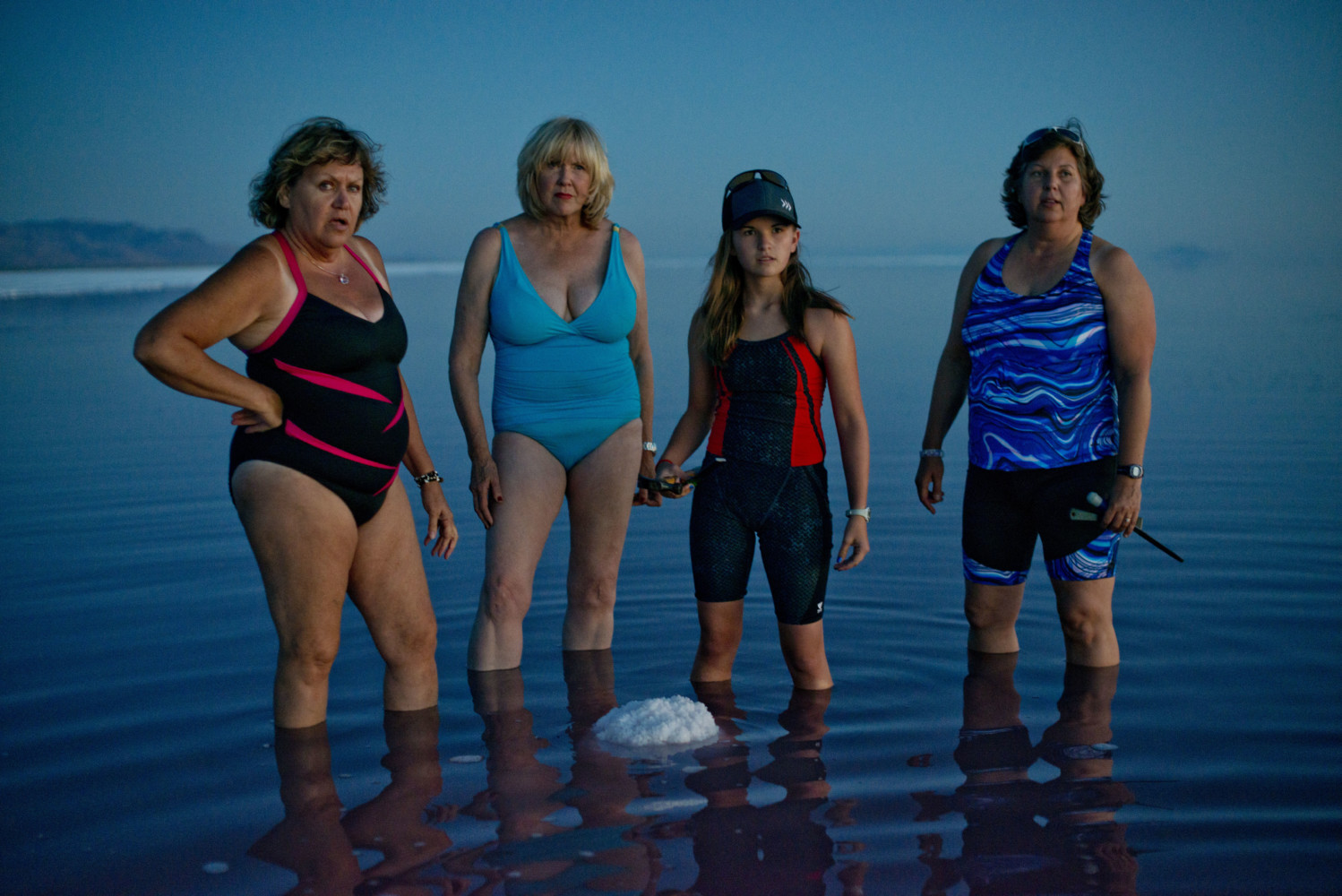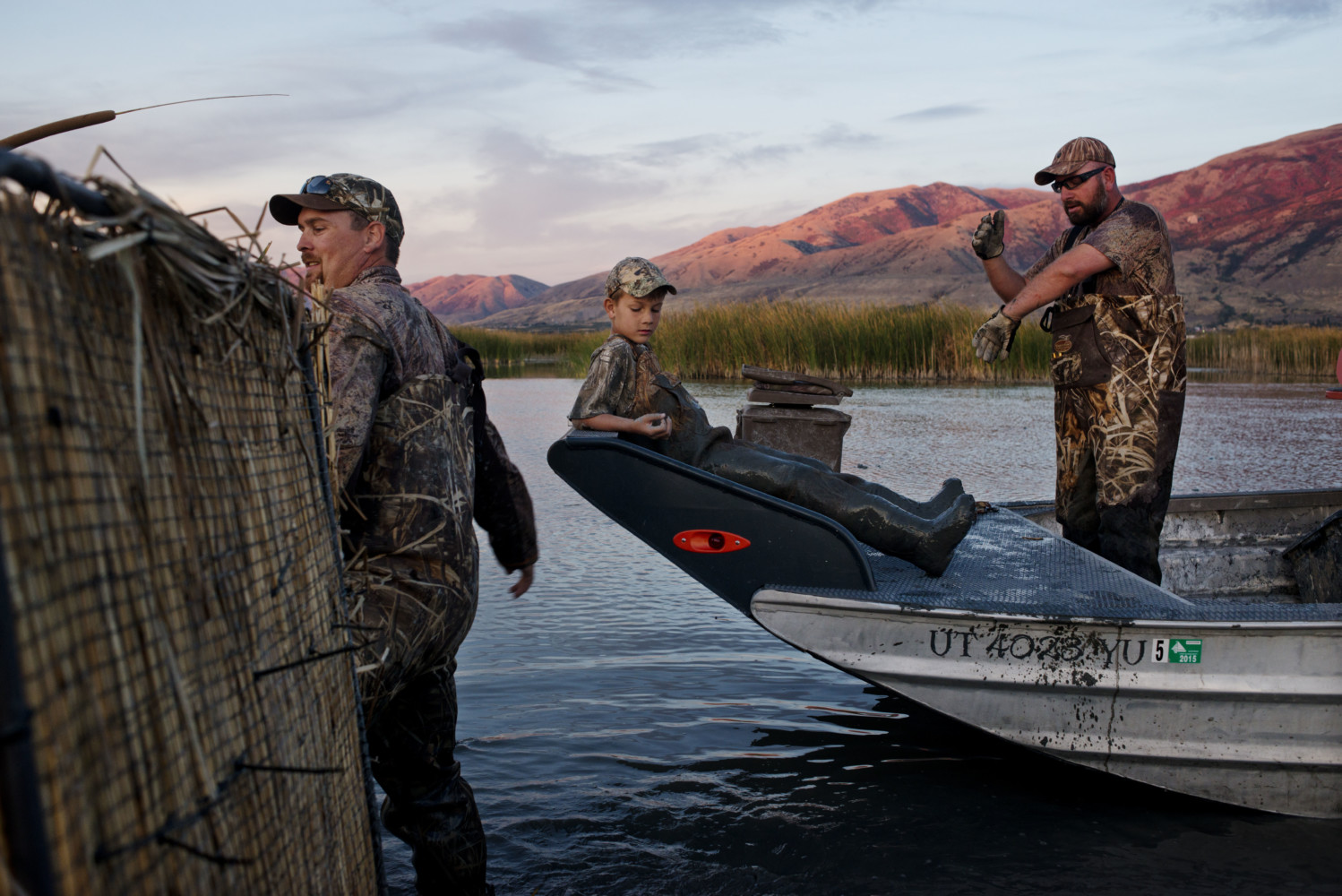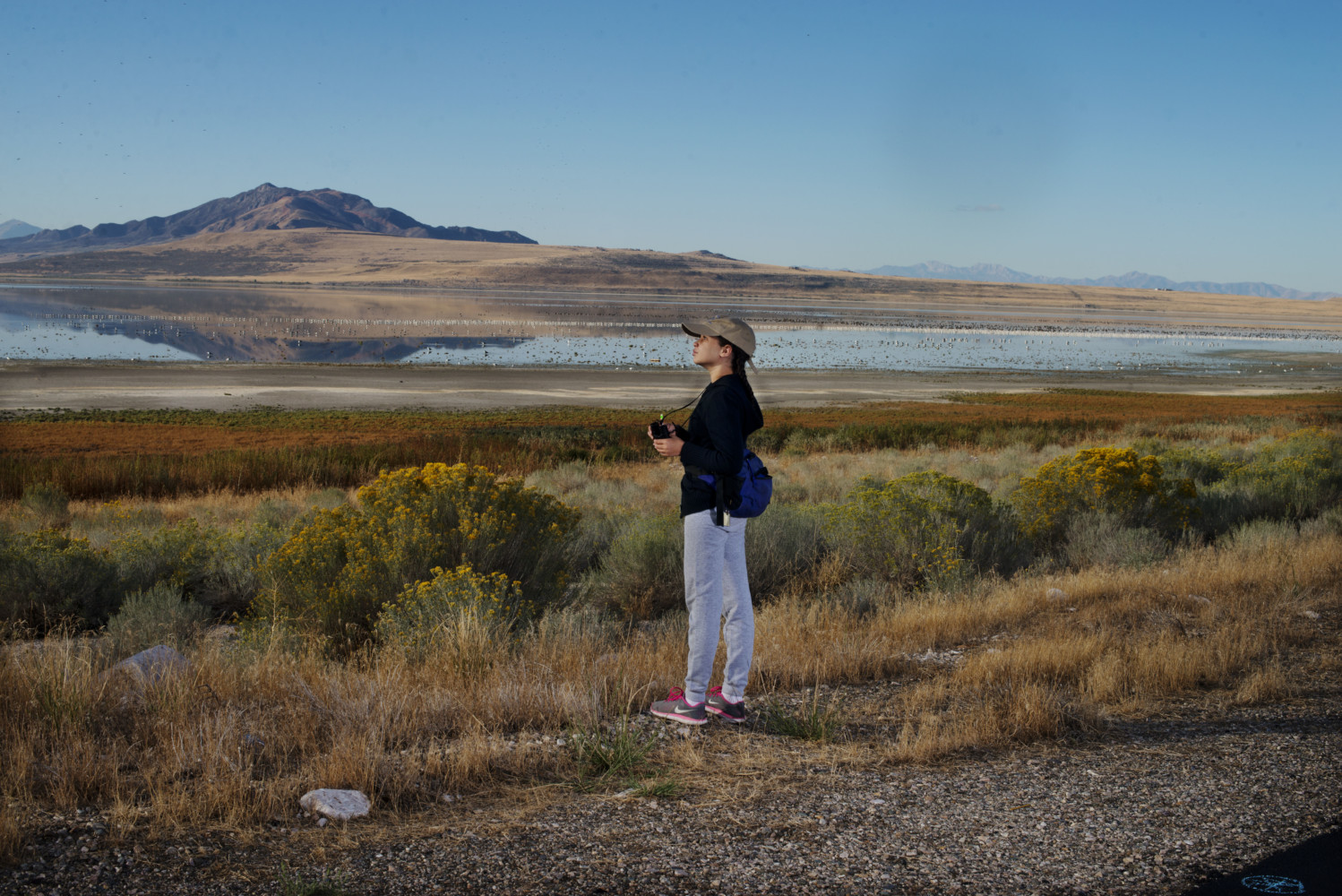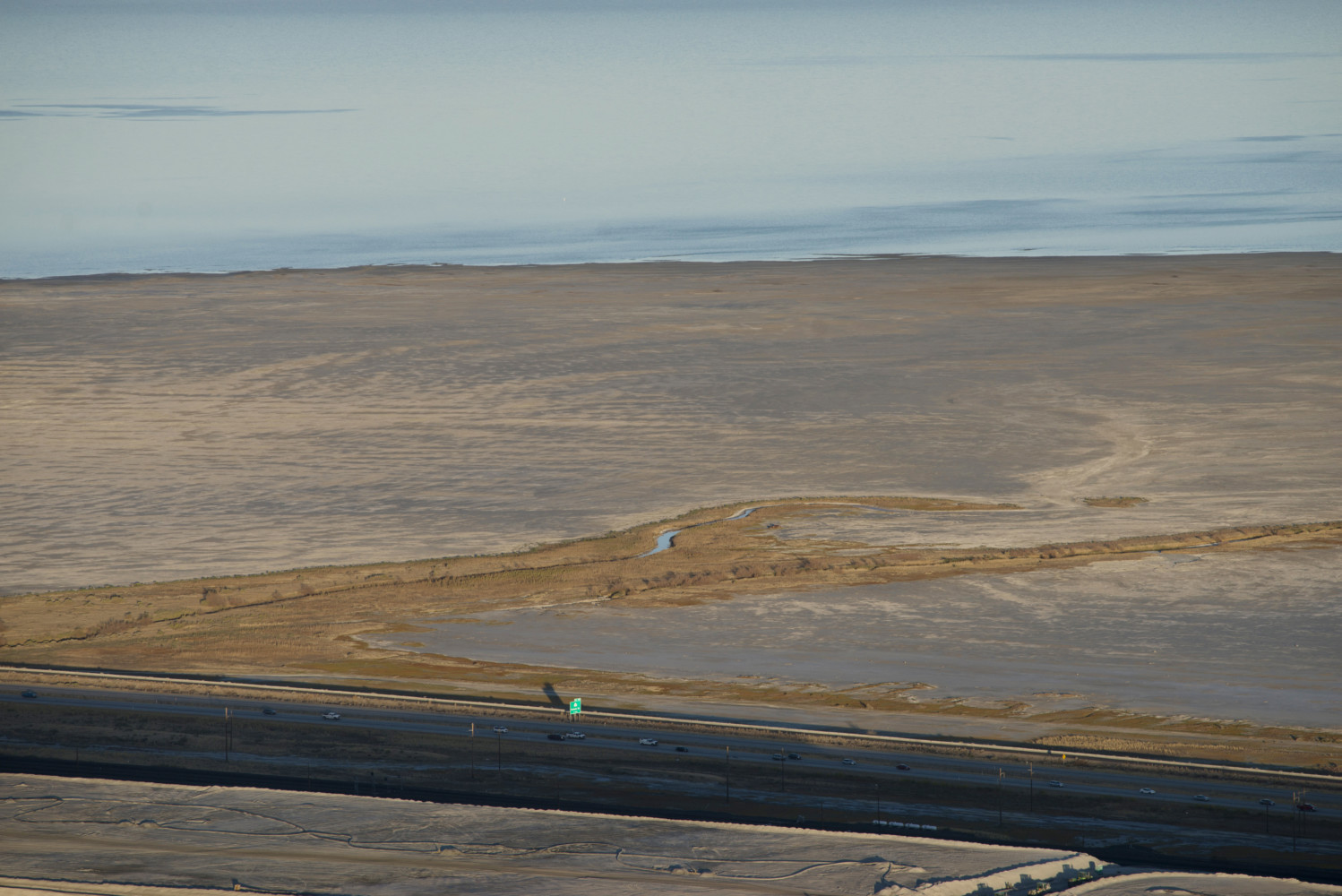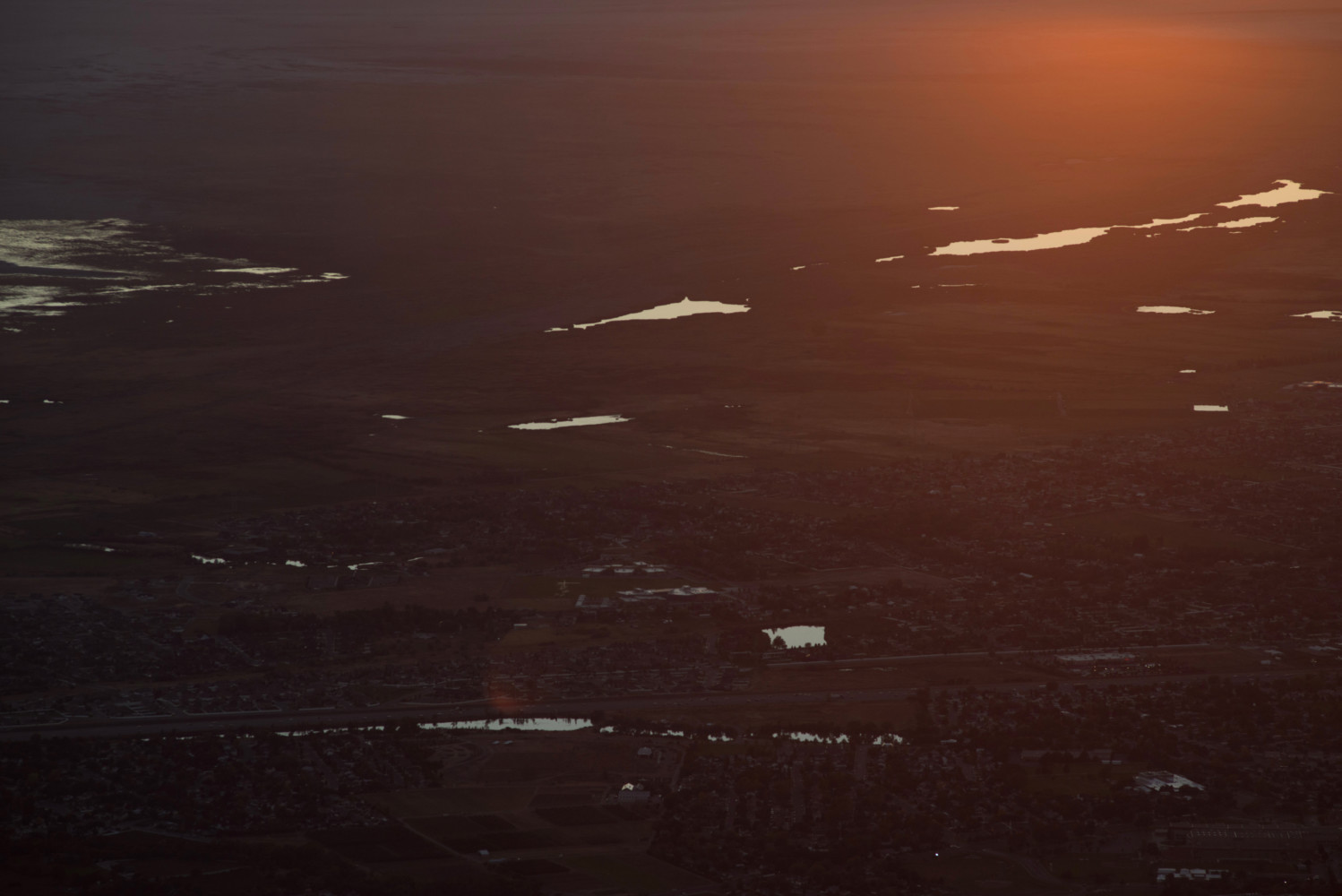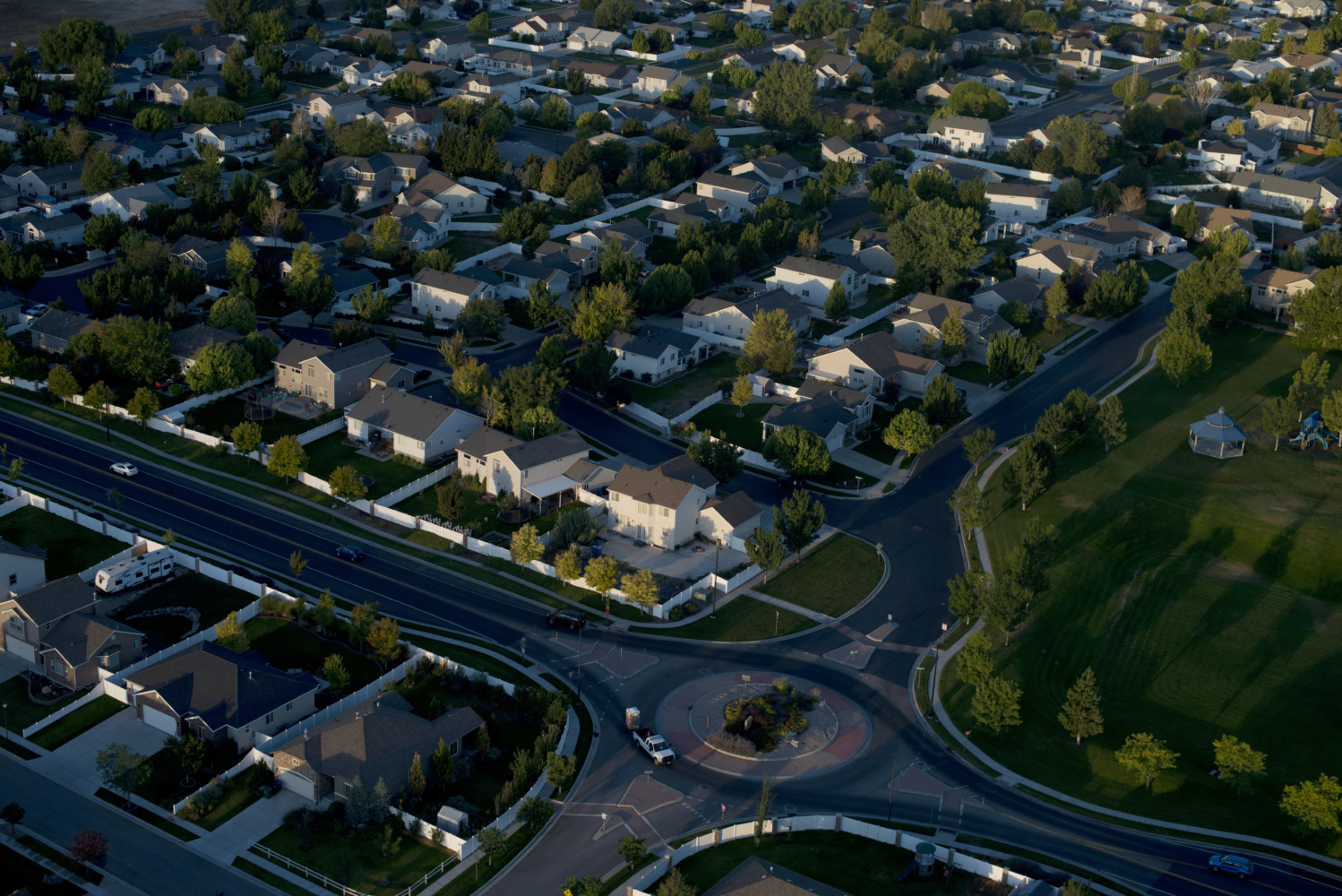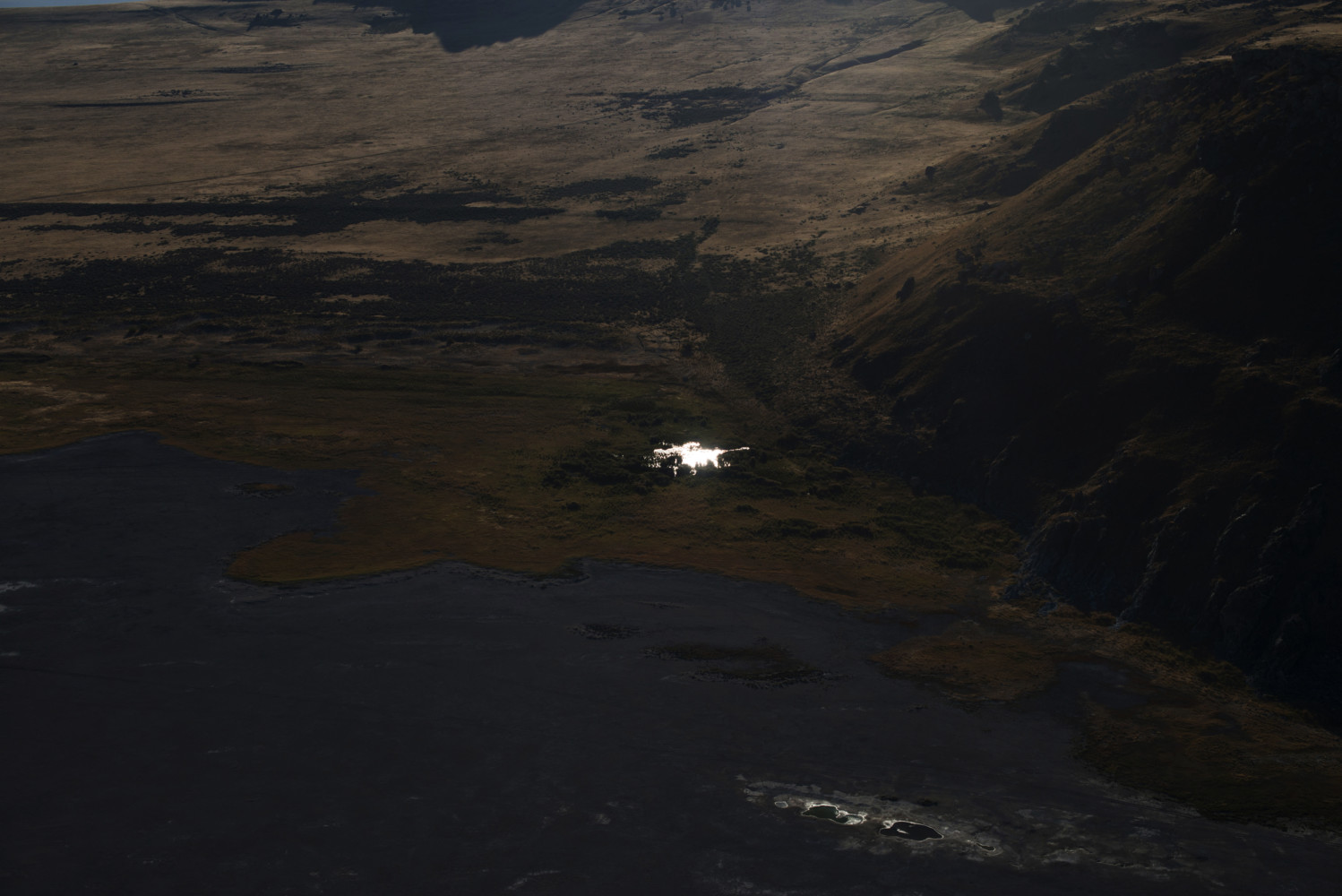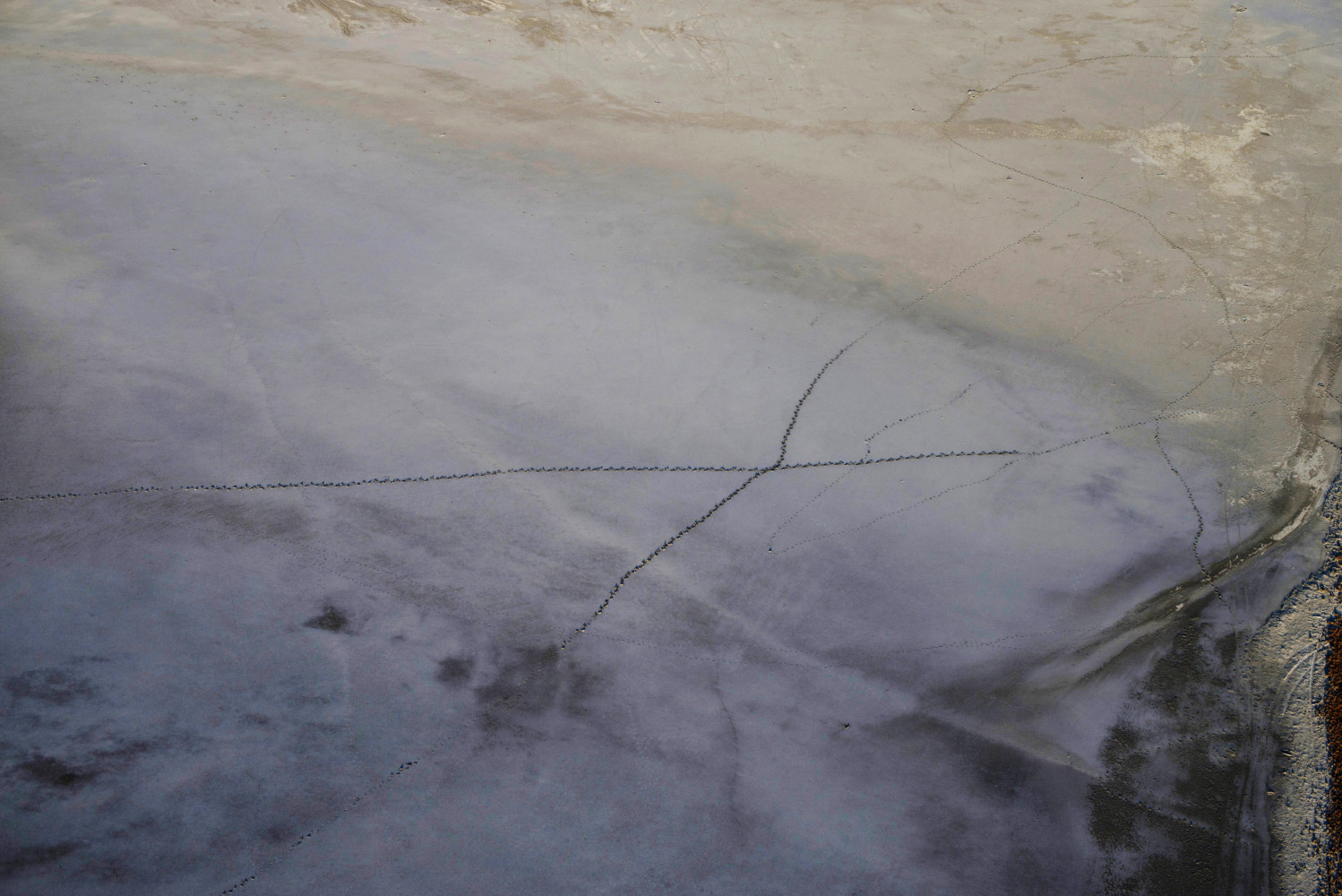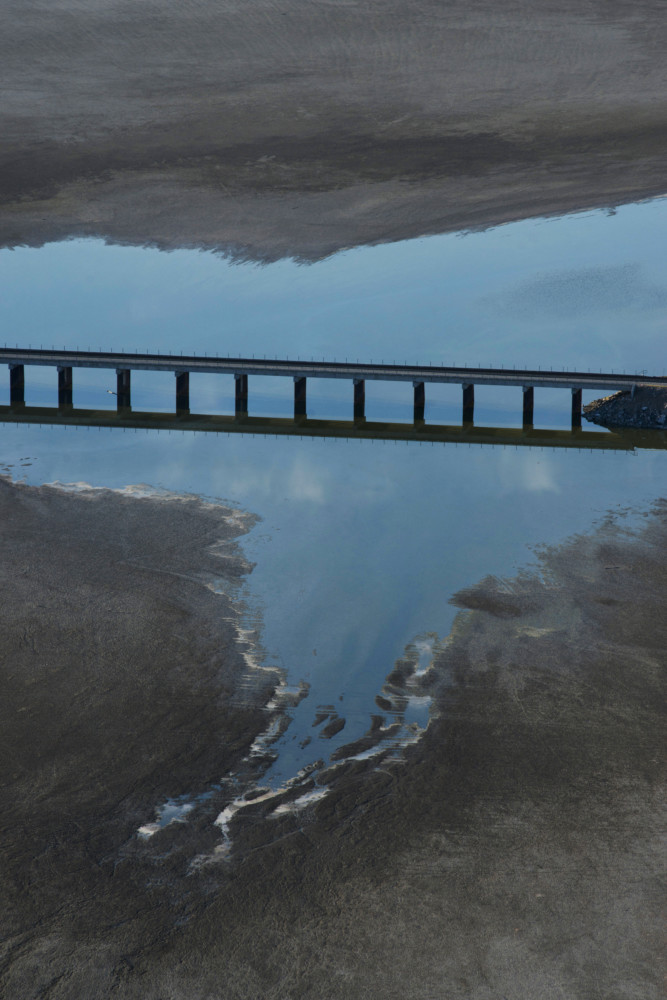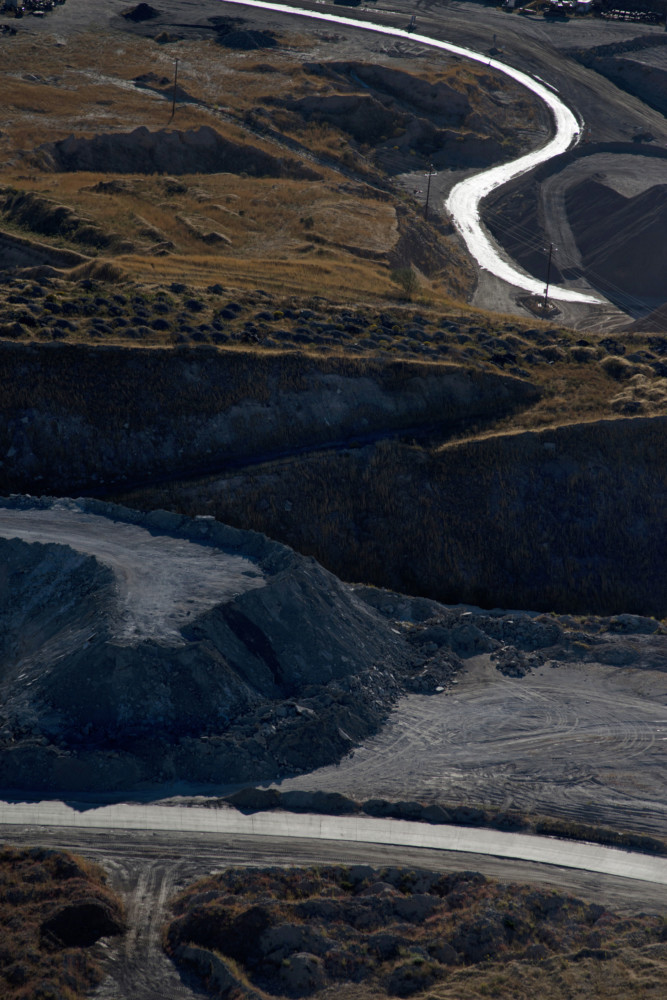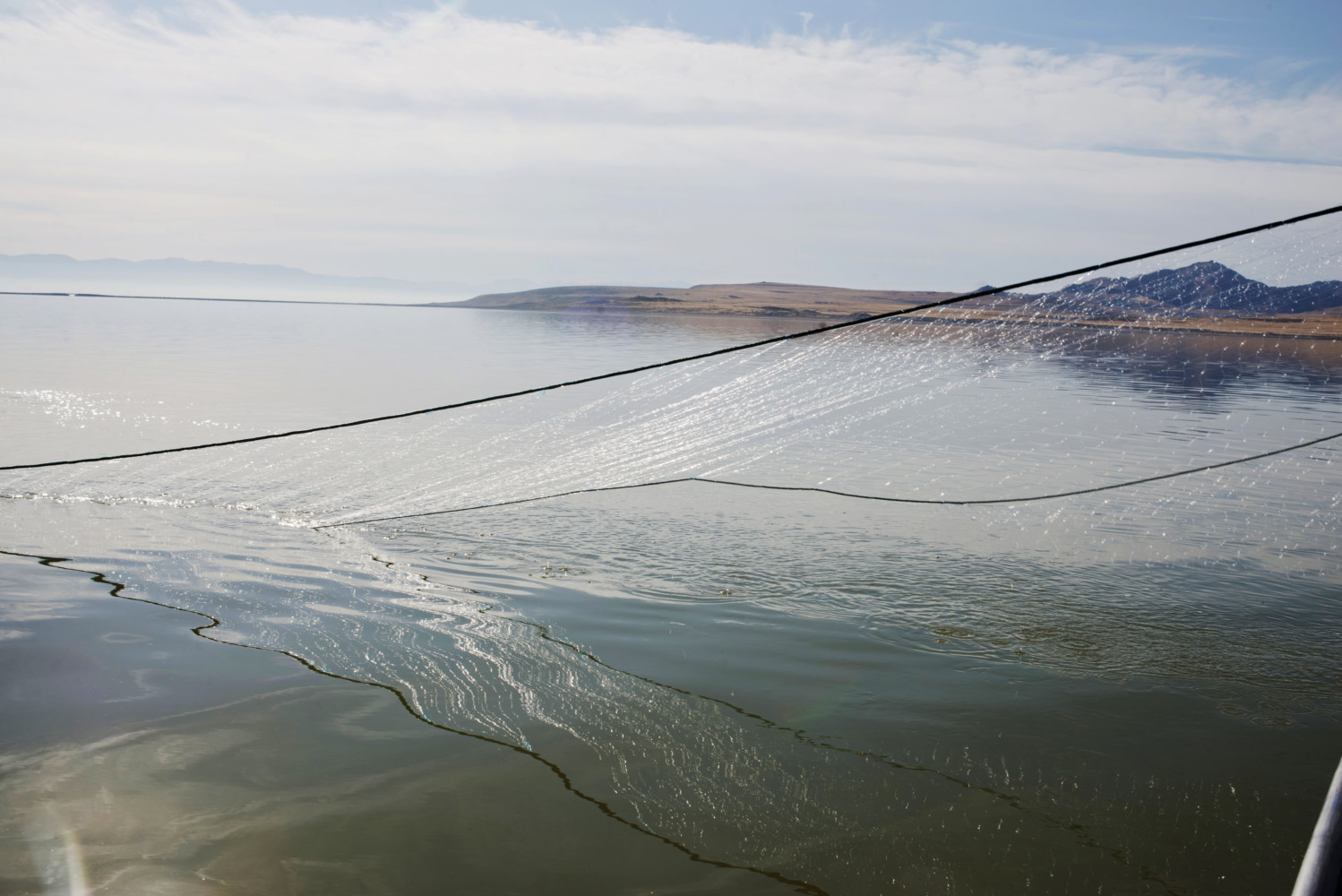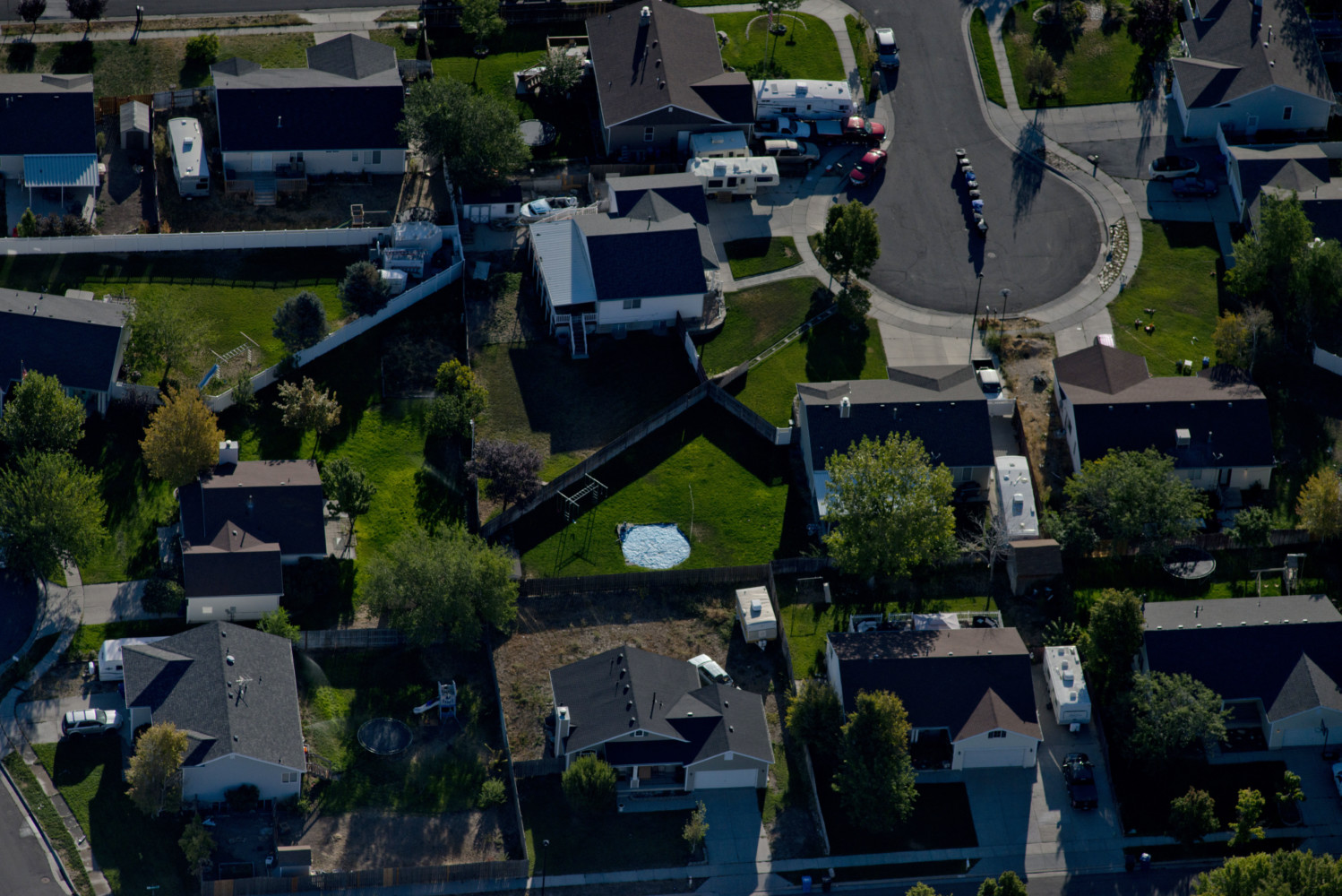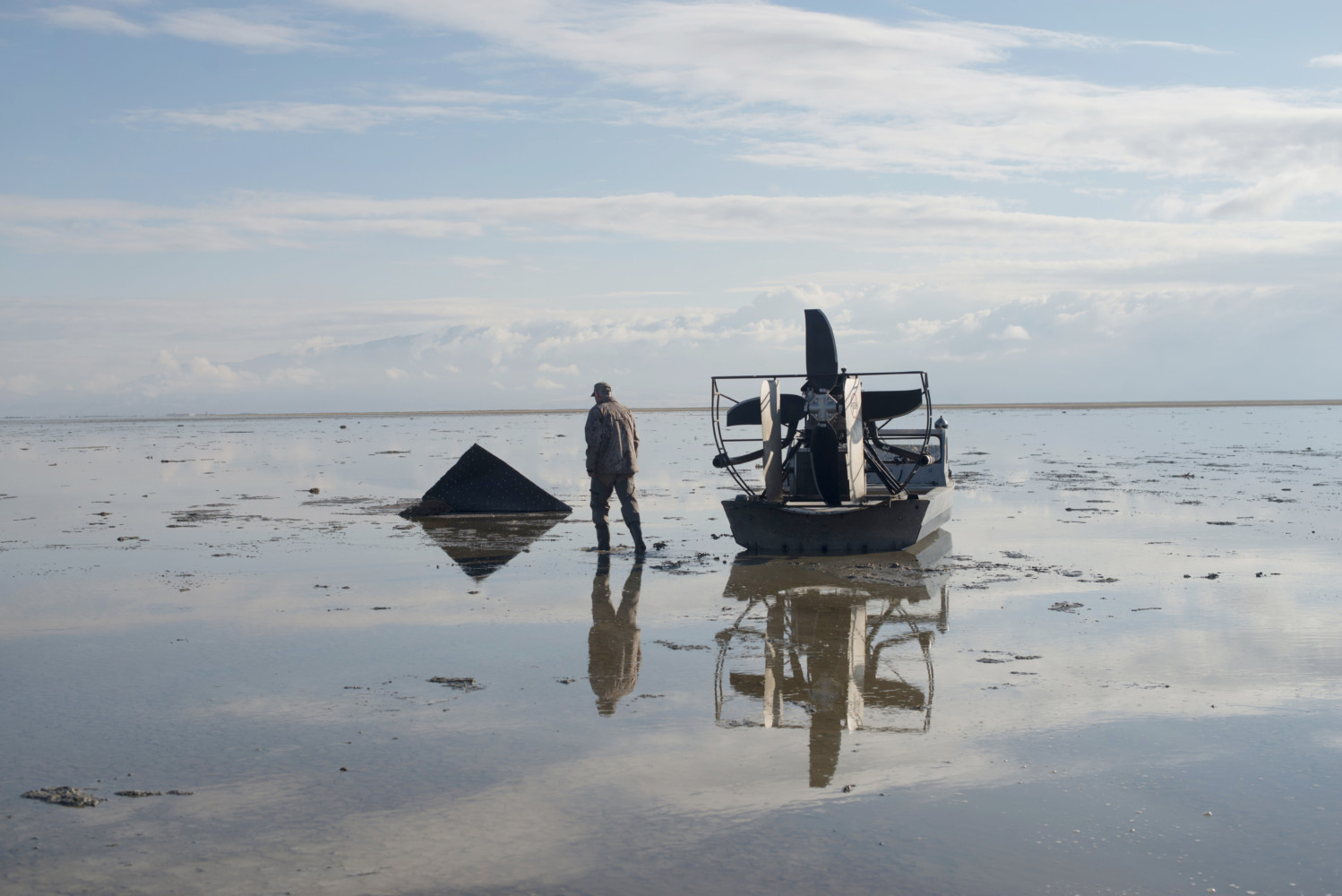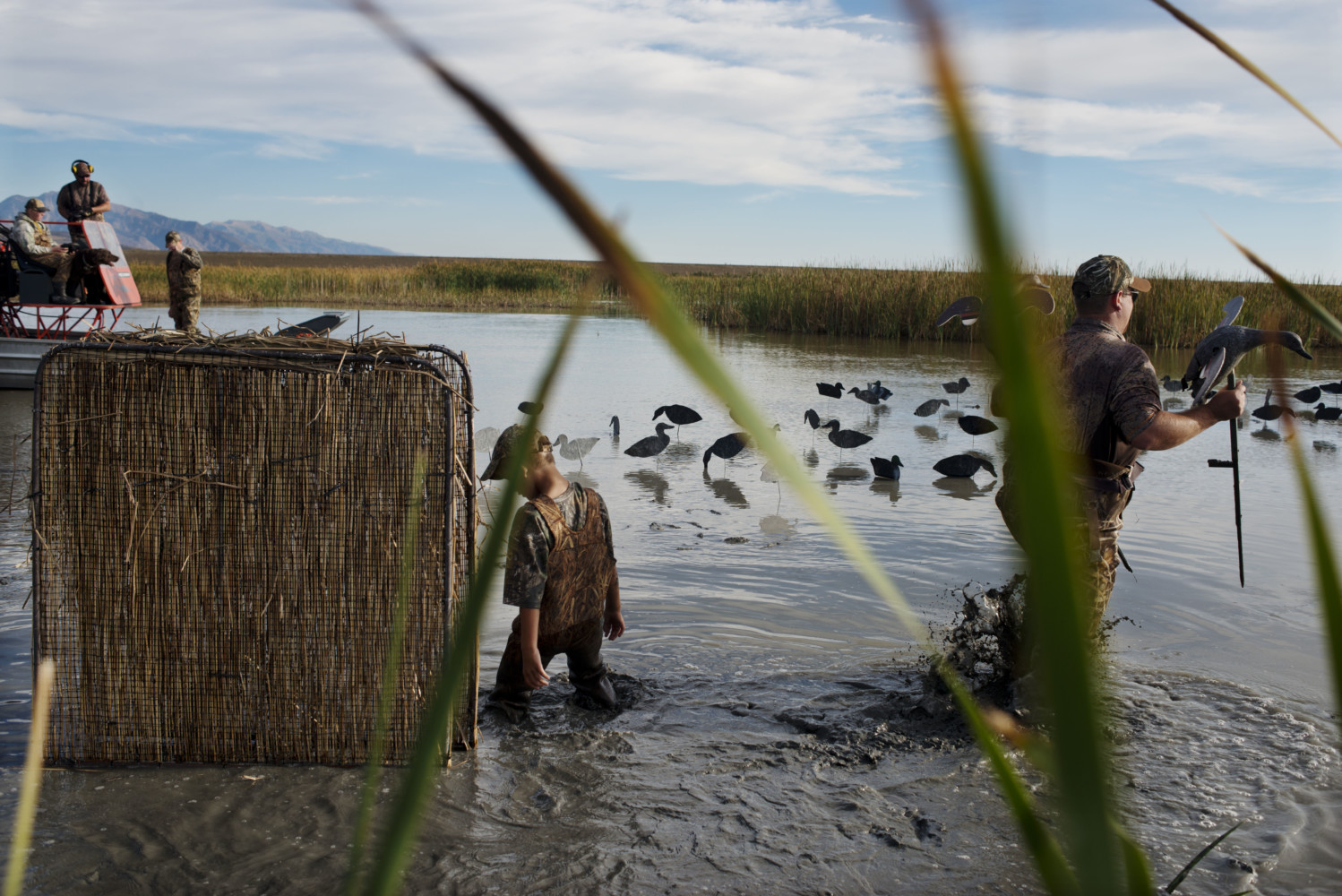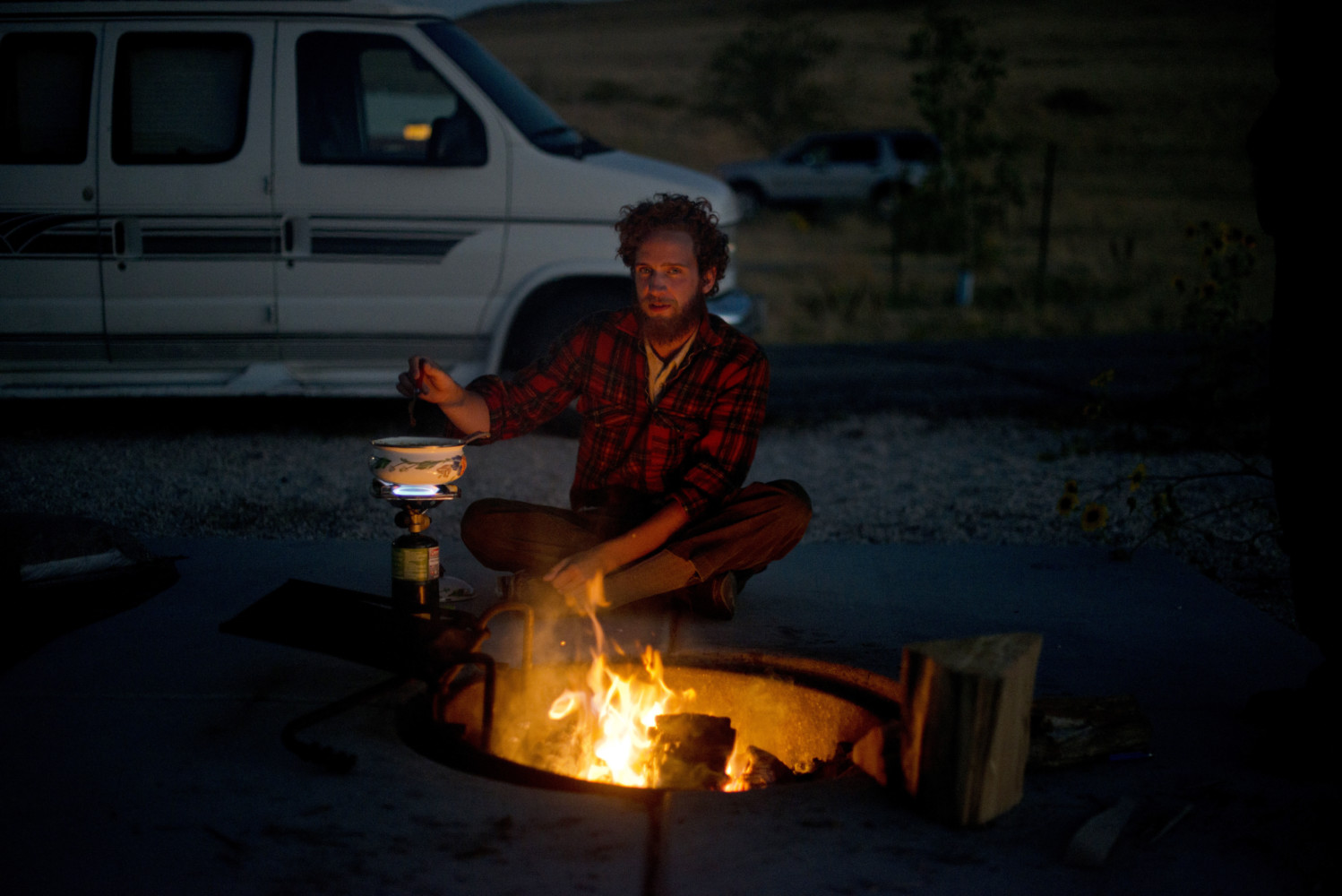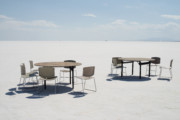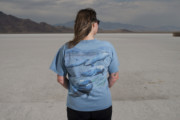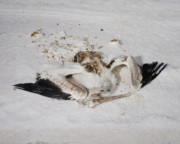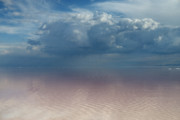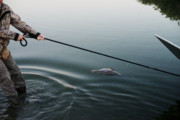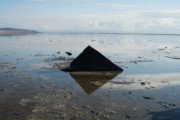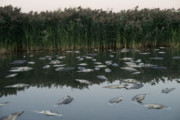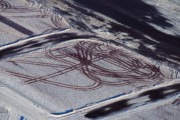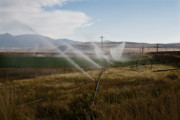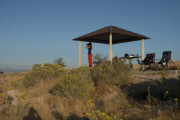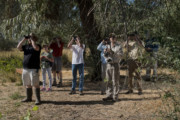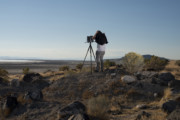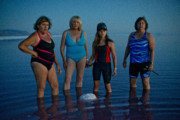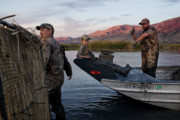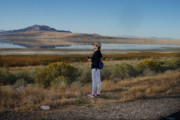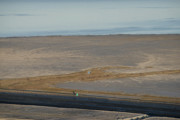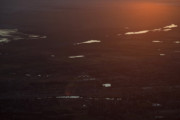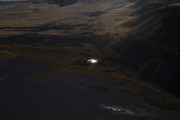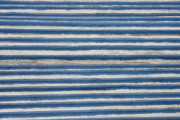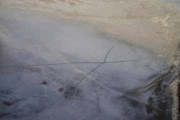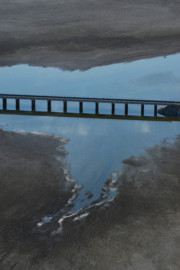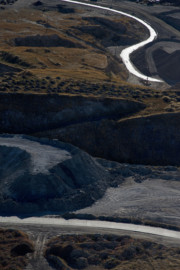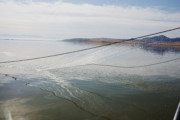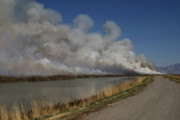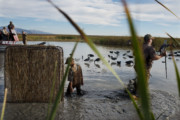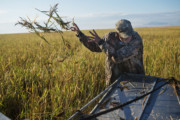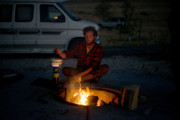Carolyn Drake The Bonneville Salt Flats, a densely packed salt pan that is a remnant of the Pleistocene Lake Bonneville and is the largest of many salt flats located west of the Great Salt Lake. It is public lan (...)
d managed by the Bureau of Land Management and is known for land speed records at the "Bonneville Speedway". This day was part of the annual "World of Speed" event. Wendover, UT. USA. 2016. © Carolyn Drake | Magnum Photos
Carolyn Drake The Bonneville Salt Flats, a densely packed salt pan that is a remnant of the Pleistocene Lake Bonneville and is the largest of many salt flats located west of the Great Salt Lake. It is public lan (...)
d managed by the Bureau of Land Management and is known for land speed records at the "Bonneville Speedway". This day was part of the annual "World of Speed" event. Wendover, UT. USA. 2016. © Carolyn Drake | Magnum Photos
Carolyn Drake USA. Great Salt Lake, UT. 2016. A group of women came on the night of the full moon for a dip on the salty north shore of the great salt lake near the Spiral Jetty. They will burn sage and cut out (...)
pieces of salt crystal. In 1959, a 30-foot stone railroad causeway replaced the battered wood trestle. As a result, lake circulation reduced drastically. Great Salt Lake now has two distinct sections, the north arm and the south arm. The water in the north arm has a high salt concentration of approximately 26–28% due to little freshwater input. Only two types of known bacteria can currently live in the saturated North Arm waters: the halophiles Halobacterium and Halococcus. A purplish pigment in these halophiles is responsible for the unique reddish color of GSL's northern section. © Carolyn Drake | Magnum Photos
Carolyn Drake Participant at the annual World Speed event at Bonneville Salt Flats, a densely packed salt pan that is a remnant of the Pleistocene Lake Bonneville and is the largest of many salt flats located we (...)
st of the Great Salt Lake. It is public land managed by the Bureau of Land Management and is known for land speed records at the "Bonneville Speedway". Wendover, UT. USA. 2016. © Carolyn Drake | Magnum Photos
Carolyn Drake The salty north arm of the Great Salt Lake. In 1959, a railroad causeway built across the lake drastically reduced the lake's circulation and eventually caused the northern and southern sections of (...)
the lake to split. The water in the north arm has a high salt concentration due to limited freshwater input, and halophiles that grow in the saline water give it a red tint. Great Salt Lake, UT. USA. 2016. © Carolyn Drake | Magnum Photos
Carolyn Drake Benjamin Anderson, an artist, floats in the salty north arm of the Great Salt Lake. In 1959, a railroad causeway built across the lake
drastically reduced the lake's circulation and eventually cau (...)
sed the northern and southern sections of the lake to split in two. The water in the north arm has a high salt concentration due to limited freshwater input, and halophiles that grow in the saline water give it a red tint. Great Salt Lake, UT. USA. 2016. © Carolyn Drake | Magnum Photos
Carolyn Drake Benjamin Anderson balances on a salt crystal rock in north arm of the Great Salt Lake along with Jaden Olson. In 1959, a railroad causeway built across the lake drastically reduced the lake's circu (...)
lation and eventually caused the northern and southern sections of the lake to split. The water in the north arm has a high salt concentration due to limited freshwater input, and halophiles that grow in the saline water give it a red tint. Great Salt Lake, UT. USA. 2016. © Carolyn Drake | Magnum Photos
Carolyn Drake USA. Farmington, UT. 2016. R Jefre Hicks, a great salt lake activist and hunter, takes me out on his airboat in Farmington Bay. The bay is covered in phragmites, a weed that takes over the wetlands (...)
and spreads rapidly, reducing habitat available for birds and other wildlife. Many carp in this spot died due to low water levels and low oxygen levels. © Carolyn Drake | Magnum Photos
Carolyn Drake USA. Salt Lake City, UT. 2016. For her PHD research, Taylor Hannah along with John Neil and other biologists, takes a boat out from Antelope Island marina to trap two eared grebes and attach satell (...)
ite devices to their bodies to track their movements during their down months on the great salt lake. © Carolyn Drake | Magnum Photos
Carolyn Drake Farmington Bay is covered in phragmites, a weed that takes over the wetlands and spreads rapidly, reducing habitat available for birds and other wildlife. Many carp in this spot died due to low wat (...)
er levels and low oxygen levels. Farmington, UT. USA. 2016. © Carolyn Drake | Magnum Photos
Carolyn Drake USA. Syracuse, UT. 2016. Antelope Island campground. Antelope Island with an area of 42 square miles is the largest of 10 islands located within the Great Salt Lake but it is actually a peninsula. (...)
Bison were introduced in 1893. The island is a state park. © Carolyn Drake | Magnum Photos
Carolyn Drake USA. Great Salt Lake, UT. 2016. Russell James, a photography student from Utah State makes tin types of the Spiral Jetty on the north arm of the great salt lake. In 1959, a 30-foot stone railroad c (...)
auseway replaced the battered wood trestle. As a result, lake circulation reduced drastically. Great Salt Lake now has two distinct sections, the north arm and the south arm. The water in the north arm has a high salt concentration of approximately 26–28% due to little freshwater input. Only two types of known bacteria can currently live in the saturated North Arm waters: the halophiles Halobacterium and Halococcus. © Carolyn Drake | Magnum Photos
Carolyn Drake USA. Salt Lake City, UT. 2016. View west over Farmington Bay and Ogden bay toward antelope Island and the south arm of the great salt lake from Francis Peak. Farmington Bay I was told is one of the (...)
most affected by drought, with dried areas blowing dust and creating air pollution. © Carolyn Drake | Magnum Photos
Carolyn Drake USA. Salt Lake City/Great Salt Lake, UT. 2016. Aerial views of the great salt lake via Utah Helicopter. These salt windrows are located in a Compass Minerals evaporation pond, and are minerals prep (...)
ared for harvest and transportation to the nearby sulfate of potash production facility. © Carolyn Drake | Magnum Photos
Carolyn Drake USA. Salt Lake City, UT. 2016. For her PHD research, Taylor Hannah along with John Neil and other biologists, takes a boat out from Antelope Island marina to trap two eared grebes and attach satell (...)
ite devices to their bodies to track their movements during their down months on the great salt lake. © Carolyn Drake | Magnum Photos
Carolyn Drake USA. Brigham City, UT. 2016. After killing invasive phragmites weeds with roundup on several units of the Bear River Migratory Bird Refuge, the phragmites is destroyed through a planned burn. The r (...)
efuge is a 74,000-acre National Wildlife Refuge in Utah, established in 1928. It encompasses the Bear River and its delta where it flows into the northern part of the Great Salt Lake. Water entering the area is controlled by a system of canals. It is managed by the U.S. Fish and Wildlife Service. © Carolyn Drake | Magnum Photos
Carolyn Drake R Jefre Hicks, an activist and hunter, travels by air boat to cut down phragmites in Ogden Bay, part of the Great Salt Lake. The bay is covered in phragmites, a weed that takes over wetlands and sp (...)
reads rapidly, reducing habitat available for birds and other wildlife. Ogden, UT. USA. 2016. © Carolyn Drake | Magnum Photos
Carolyn Drake USA. Syracuse, UT. 2016. Antelope Island campground. Antelope Island with an area of 42 square miles is the largest of 10 islands located within the Great Salt Lake but it is actually a peninsula. (...)
Bison were introduced in 1893. The island is a state park. Aroha Zollinger and Fraser Gould, at dusk, from New Zealand, traveling 3 months out of van in USA. © Carolyn Drake | Magnum Photos
